PHOTO: ETHAN DOW
View this Report…
- …en Español
- …as a PDF Flipbook – English
- …como un PDF Flipbook – Español
This report is dedicated to the memory of Jim Reynolds, a passionately dedicated member of our board of directors for 16 years.
PHOTO: RCD
On this Page
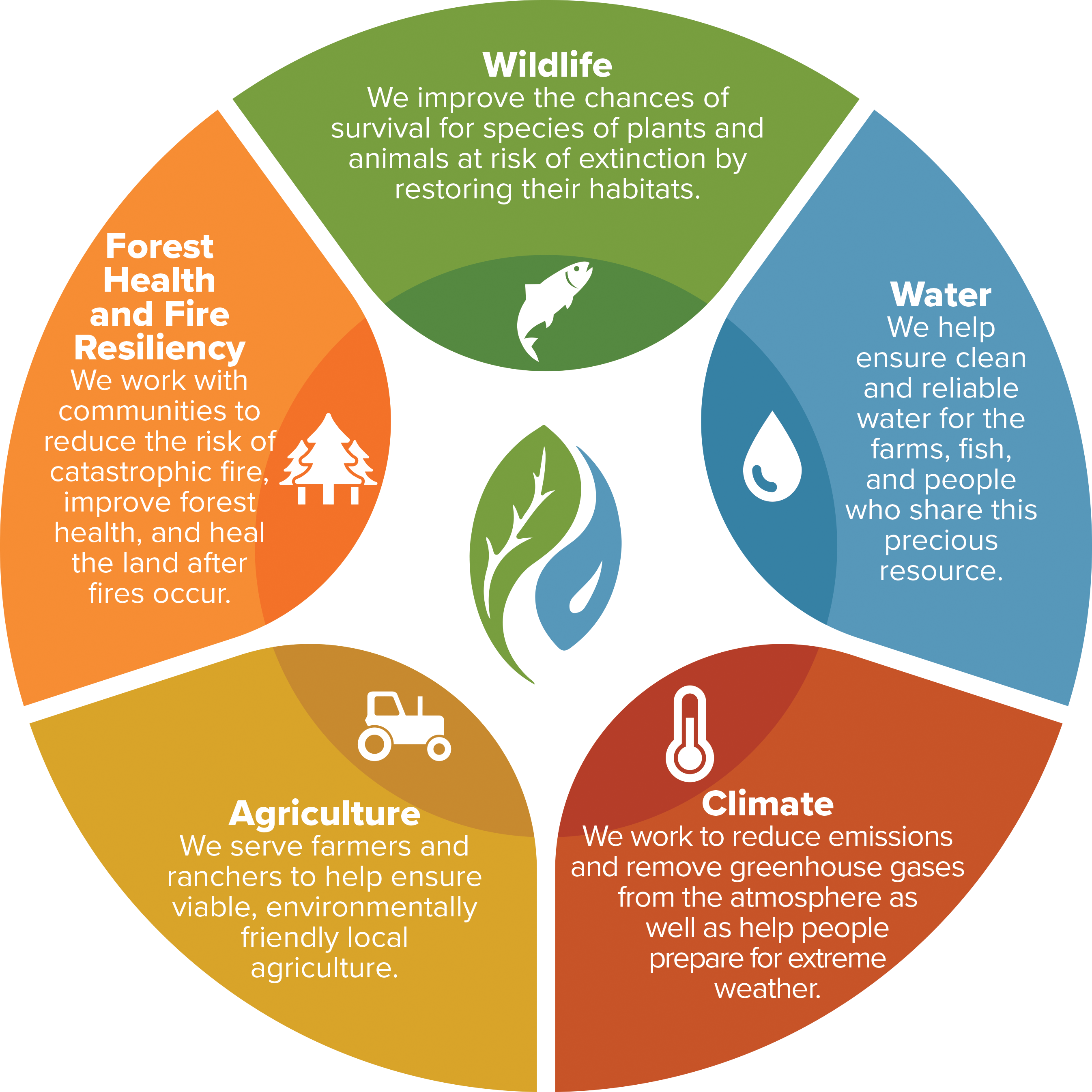
Executive Director’s Message
I am thrilled to share this snapshot of the last 15 years of our rich, 84-year history serving the people and lands of San Mateo County.
Resource Conservation Districts (RCDs) were established by California law in 1939 in response to the agricultural crisis of the Dust Bowl. Today, climate change and species extinction have joined the list of evolving environmental and community priorities. To address these issues, we provide trusted technical assistance, help people access financial and other resources, and get work done on the ground.
We are keenly aware that thriving human communities and healthy natural resources depend upon each other. When natural systems are broken it is not just wildlife that suffers. Towns flood, forested neighborhoods burn, farmers fallow fields, and people risk illness from polluted water. This is why we protect
streamflows for endangered salmon while building community water security, restore the health of forests and build resilience to wildfire, remove dams, and restore habitat for endangered species … the list goes on.
Whatever we do, it is always in partnership with others. This report highlights just some of the remarkable things we have done together.

Kellyx Nelson
WATER WHEN YOU NEED IT
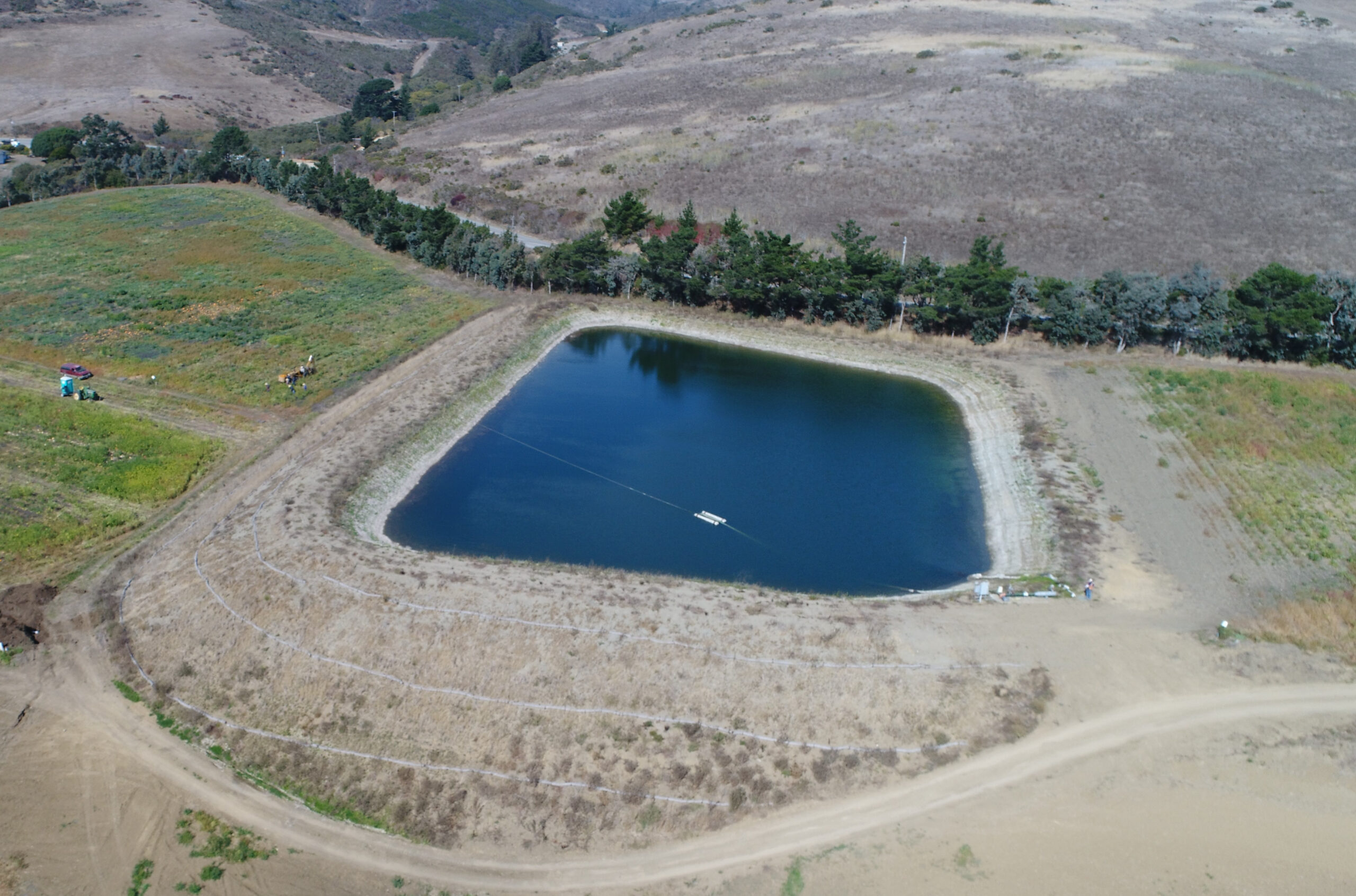
The RCD helps ensure reliable water for the farms, wildlife, and people who share this precious resource.
Our region has no snowpack, our summers are dry, and only some communities have access to public water supplies. It is essential that we balance competing demands on what we have.
This became clearer than ever during the recent unprecedented drought. Community water suppliers began rationing. Residents had to truck in water. Farmers fallowed fields. Threatened steelhead trout and endangered coho salmon teetered on the brink of extinction as local creeks dried up.
Despite uncertainties in our water supply, water wars that arise elsewhere do not happen here. This is in part thanks to the RCD’s decades of partnering to create equitable solutions for water security. We help people conserve, strategically manage, and store water. But most importantly, we understand the art and science of meeting the water needs of people and wildlife.
Highlights

Kept some creeks from going dry during droughts, as much as doubling the amount of water in some cases

Conserved 228 acrefeet of water annually

Created storage for 146 acre-feet of agricultural and domestic water*
*THESE SAVINGS REPRESENT ROUGHLY THE AMOUNT OF WATER USED BY HALF OF THE COUNTY’S SOUTH COAST RESIDENTS OR BY A 163-ACRE FARM.
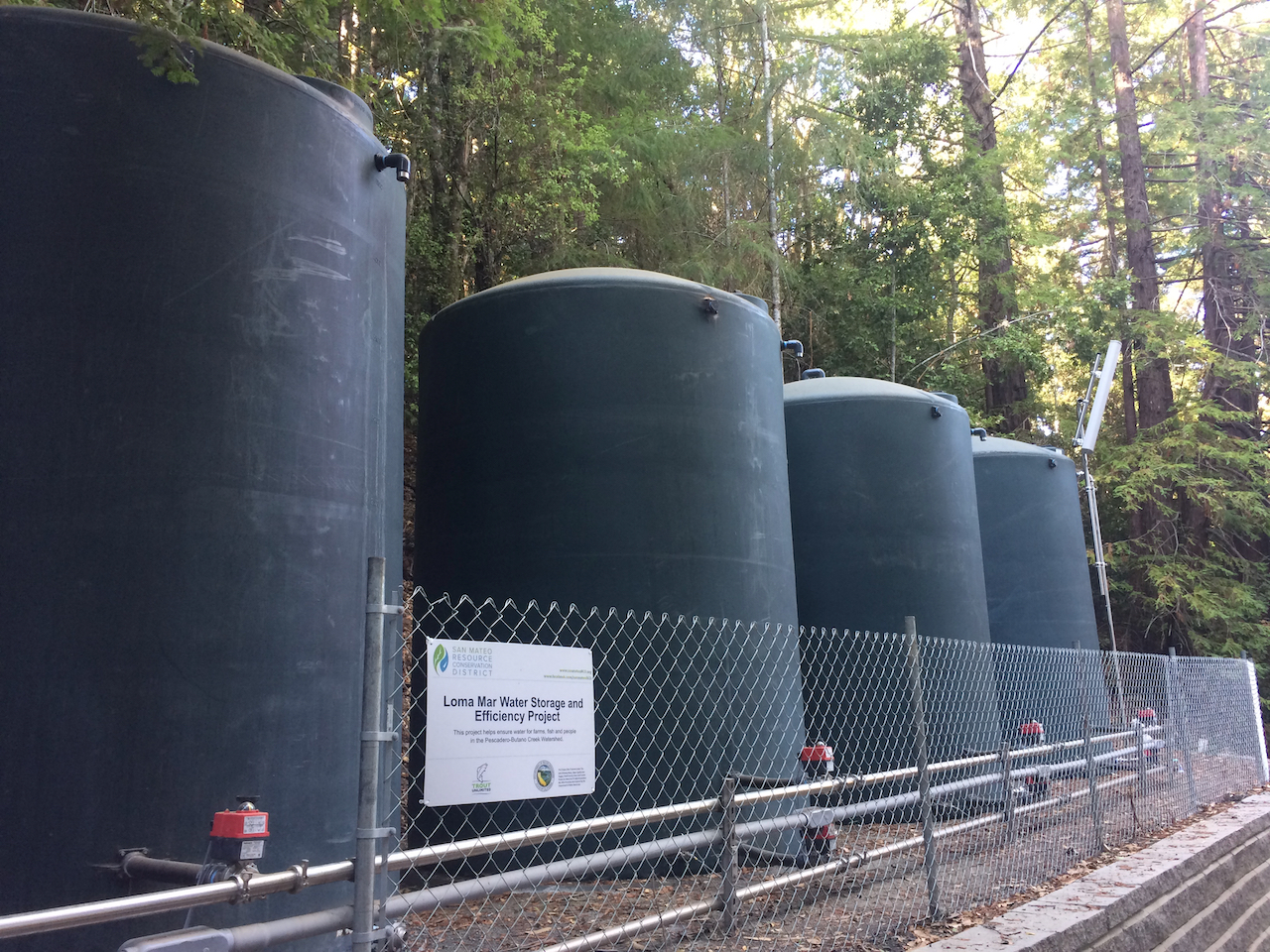
PHOTOS: RCD
The RCD In Action:
Community Water Security
The Loma Mar Water and Improvement Company’s 1930s-era infrastructure included a failing, 40,000-gallon storage tank; aging pipes; and an inadequate power system. As it was the sole source of water for this small rural community, the situation was dire. The RCD secured grant funding and completed essential upgrades that addressed the community’s immediate need for a reliable water supply (more improvements are planned for 2023).
The RCD helped me improve the efficiency of my irrigation system; even with the drought, I was able to irrigate my crops using less water and energy than before. And my new reservoir gives my farm water security while helping me protect the creek for
fish. I never thought this would happen!”
CLEAN WATER FOR PEOPLE AND WILDLIFE
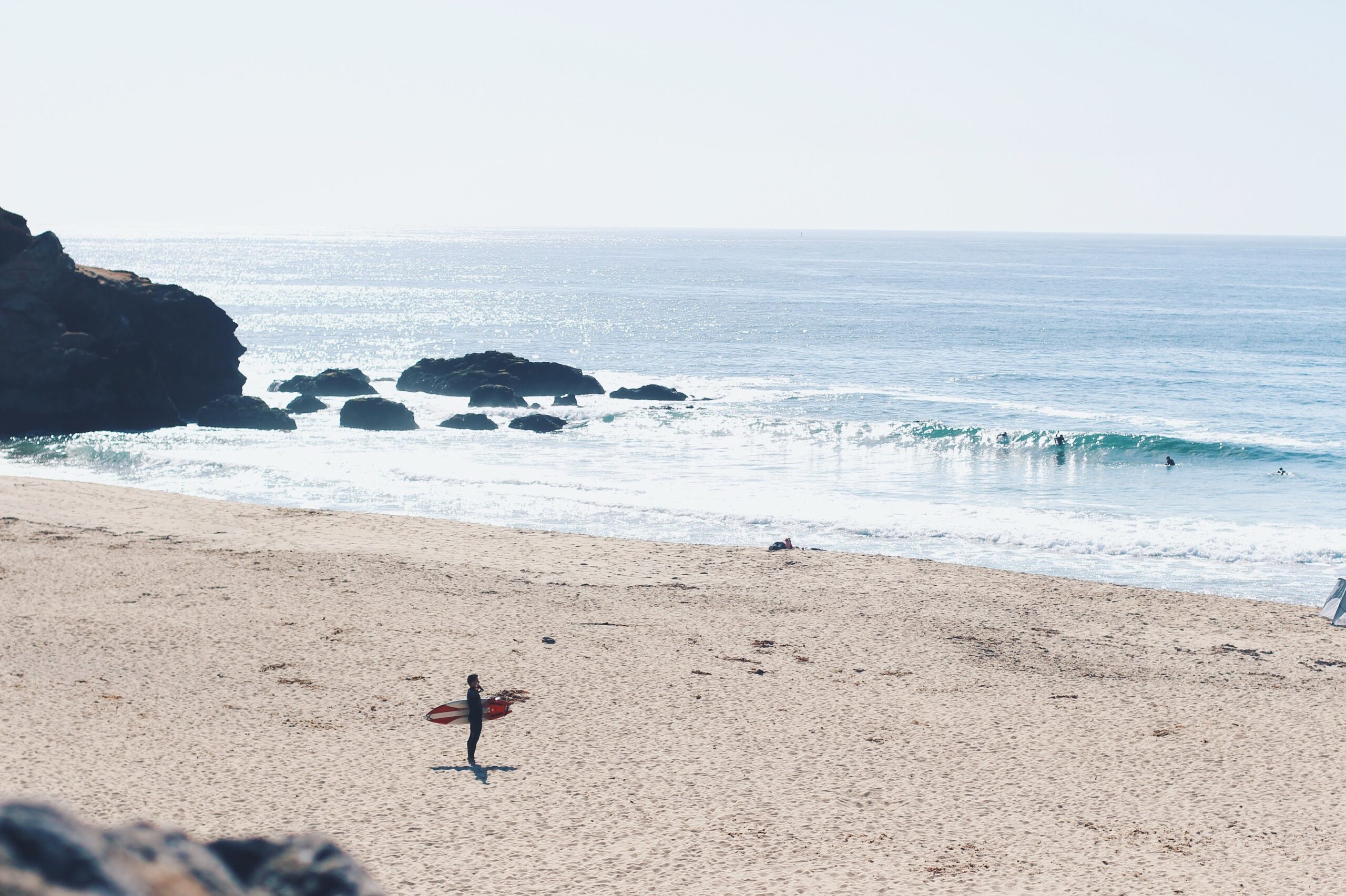
PHOTO: JOSH AUSTIN
In coastal San Mateo County, land and sea are inexorably linked.
In a place like this, even small things—both positive and negative—make a big difference in the water quality of our local creeks and beaches. Because water pollution sources are many and complex and present different threats to public health and wildlife, there is no one solution.
Using an array of tools, the RCD works with numerous public and private landowners and other partners to protect and improve the region’s water quality. We find, prevent, and remediate water pollution and help others do the same. During the past 15 years, we have offered a wide range of services to marinas, farms, ranches, parks, equestrian facilities, residential landowners, cities, and utilities.
Highlights
Monitored pollution at over 40 sites
Involved hundreds of people in more than 50 community science events
Reduced pollution from ~21,700 gallons of residential stormwater each time it rained

PHOTO: ULLEO
The RCD In Action:
Solutions for Livestock, Land, and Water
For decades, the RCD has helped find win-win solutions for animal health and the environment. One program alone provided more than 40 equestrians and ranchers with hands-on training and peer learning as well as built manure composting facilities and improved pastures, paddocks, and drainage.
The RCD patiently guided our community through a maze of acronyms and agencies to help us understand new state water quality regulations. An expert resource on many of the difficult challenges we face, it has done so much to help us.”
FOREST HEALTH AND FIRE RESILIENCE
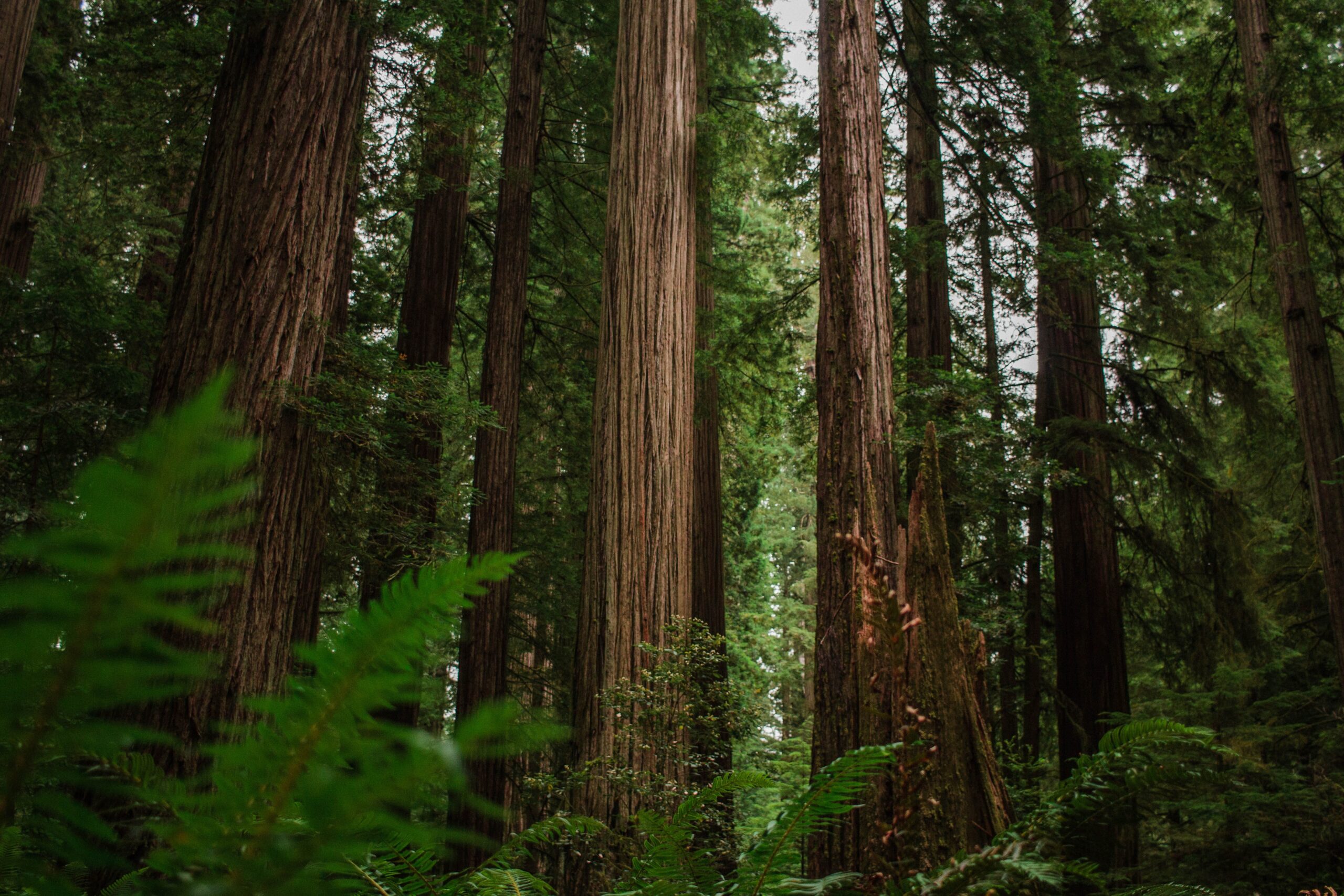
PHOTO: HANNAH GRACE
Healthy forests not only inspire us with their beauty, they also provide wildlife habitat, clean water, and store carbon—a valuable service in the fight against climate change.
Unhealthy forests grow thinner and weaker trees that store less carbon and provide poorer habitat. They are also more vulnerable to disease and intense wildfires that devastate the forest and neighboring communities alike. Fire also potentially increases carbon dioxide emissions, flooding, erosion, and habitat loss.
We help create resilient forests and communities by managing vegetation to promote larger stands of mature trees and improved ecosystems, reducing fuel loads, and helping community members create defensible spaces around their homes. And when a wildfire does occur, we are there to help with the recovery.
Highlights
Improved the health of 546 acres of forest, with thousands more acres underway
Helped 1,861 homes in 19 communities create defensible space
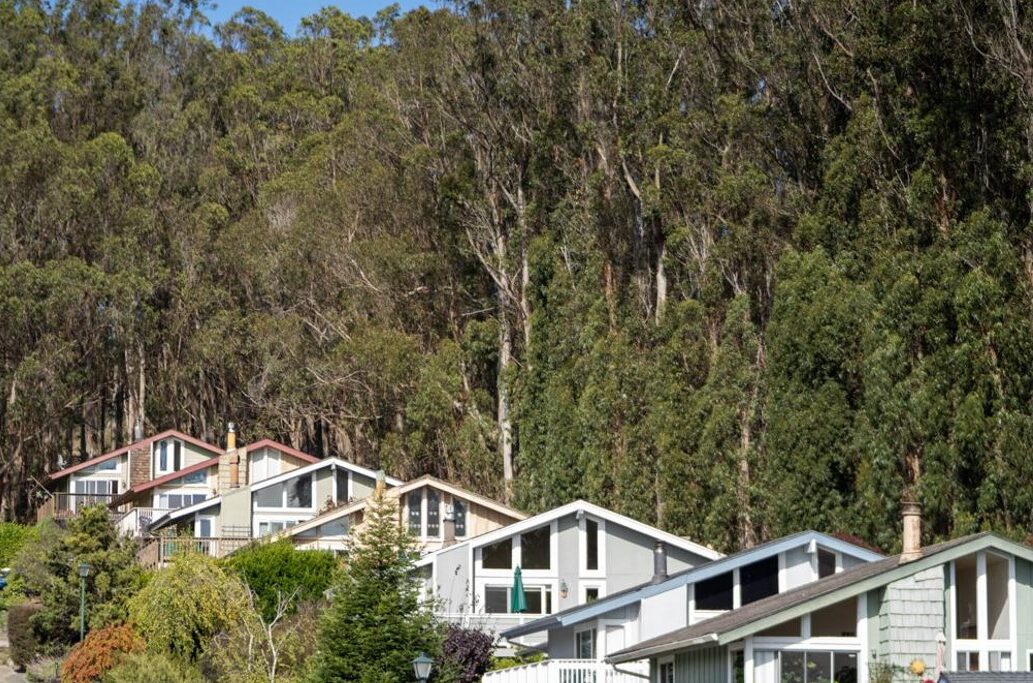
PHOTO: Half Moon Bay Review
The RCD In Action:
Reducing Community Fire Risk
Spanning a steep ridgeline flanked by towering stands of highly flammable eucalyptus trees, the unincorporated community of El Granada lives with the constant risk of wildfire. In response, the RCD and County Parks partnered to create 49 acres of shaded fuel breaks and remove 100 acres of hazard trees along fire roads. These measures will help slow the spread of fire and improve firefighting access within the 314-acre eucalyptus forest.
We rely on San Mateo RCD as a local partner. Their fire prevention and forest health program is one of the most active in the state. Their successful collaborations with many partners protect both the forests and communities.”
HOPE FOR WILDLIFE
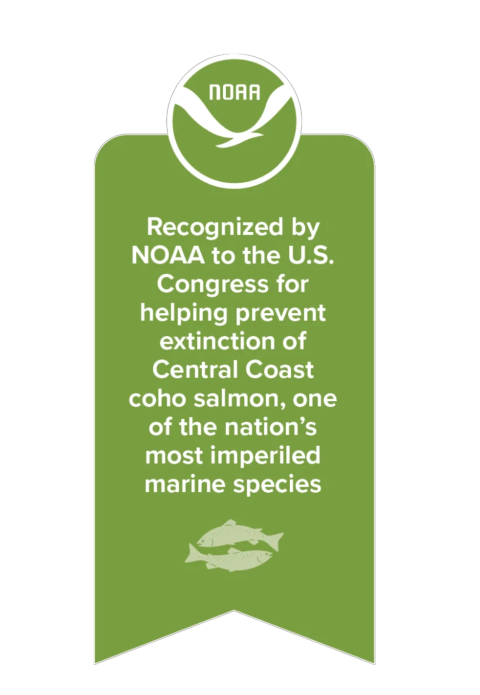
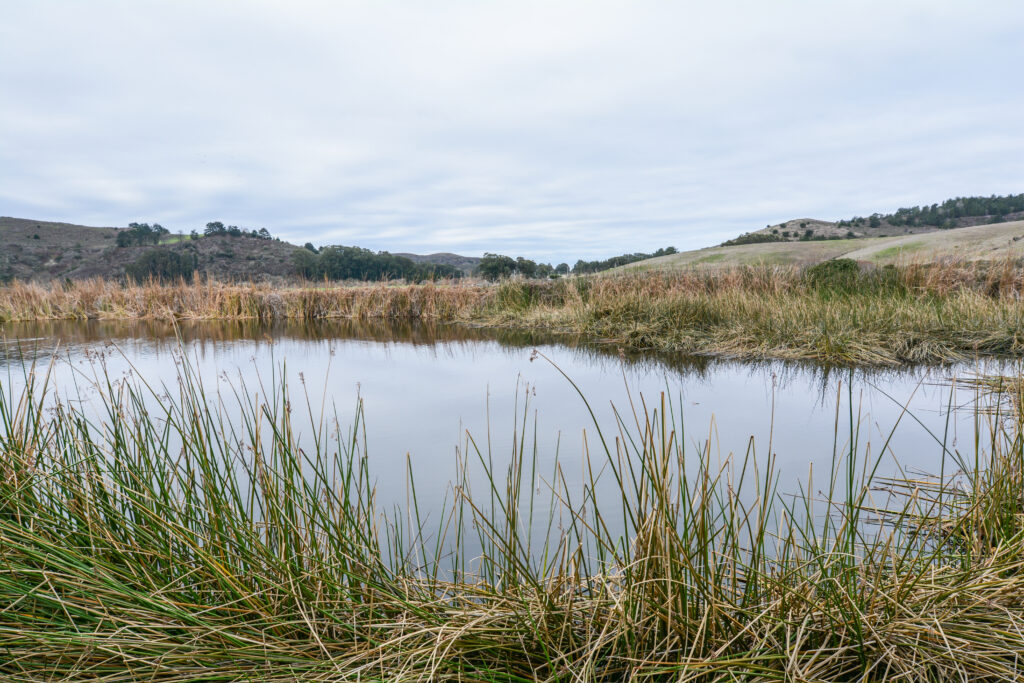
San Mateo County’s wetlands, grasslands, forests, and streams are its heart and lungs.
More than 40 of its plant and animal species are at risk of extinction, with habitat loss being the numberone threat to their survival. Our restoration work gives them a fighting chance.
We remove dams to reestablish ancestral migration routes of endangered salmon, bring water back to previously drained wetlands, stop invasive plants from overtaking native habitats, and more. For our work in protecting coho salmon, the National Oceanic and Atmospheric Administration recognized us in their report to the U.S. Congress as one of nine “Partners in the Spotlight,” helping prevent extinction of the nation’s most imperiled marine species.
People also thrive when healthy creeks reduce flooding, ponds provide water for cattle and fire suppression, native plants bring pollinators to our farms and gardens, and erosion control prevents road and bridge failures. And, of course, the beauty and healing power of nature are priceless.
Highlights
Restored over 1,500 acres of wetland, forest, creek, riparian, and grassland habitat, the equivalent of 1.5 Golden Gate Parks
Removed 8 dams, restoring access to 118 miles of creeks for fish migration and spawning
Created more than 5 miles of hedgerows for pollinator habitat
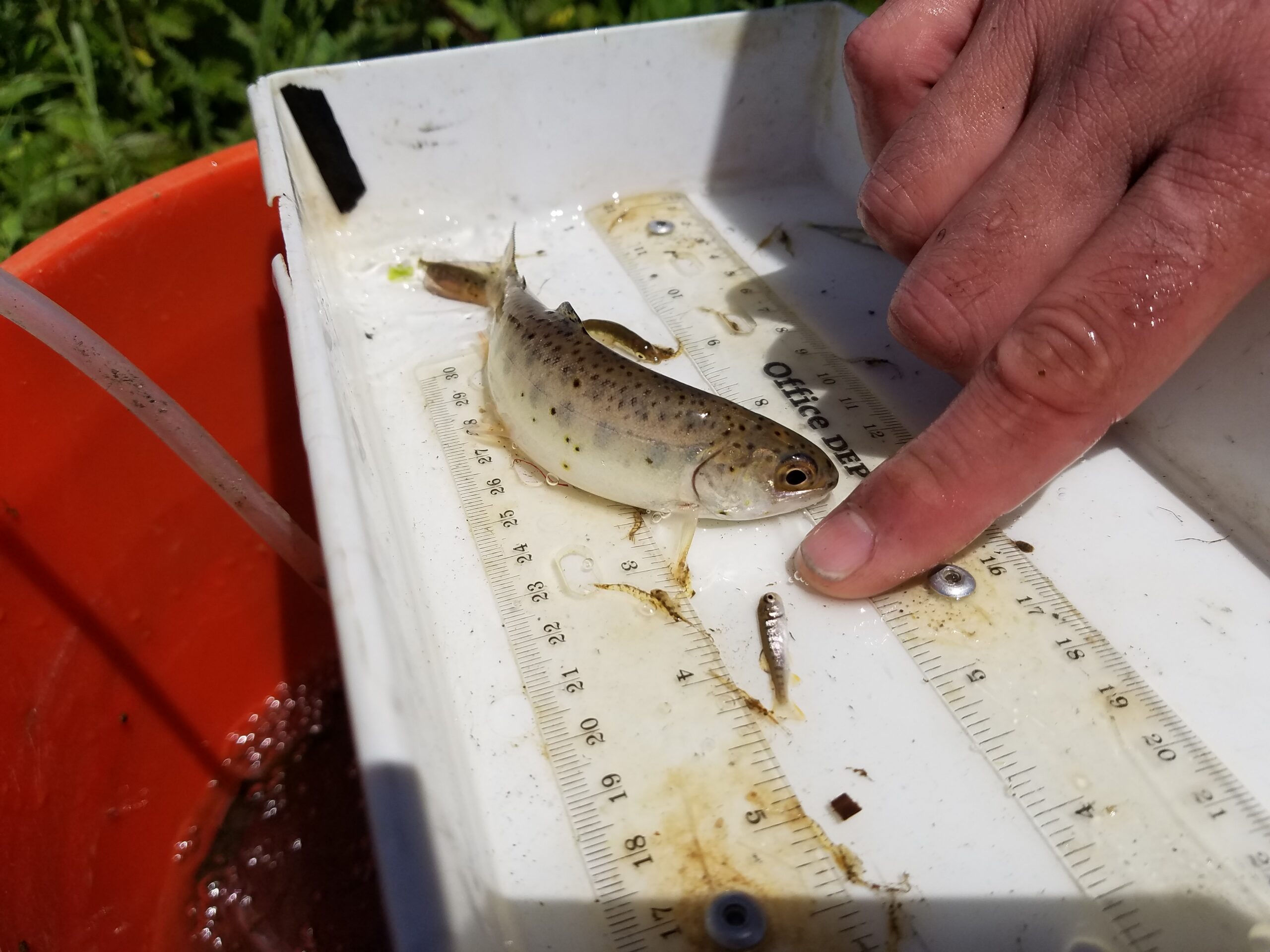
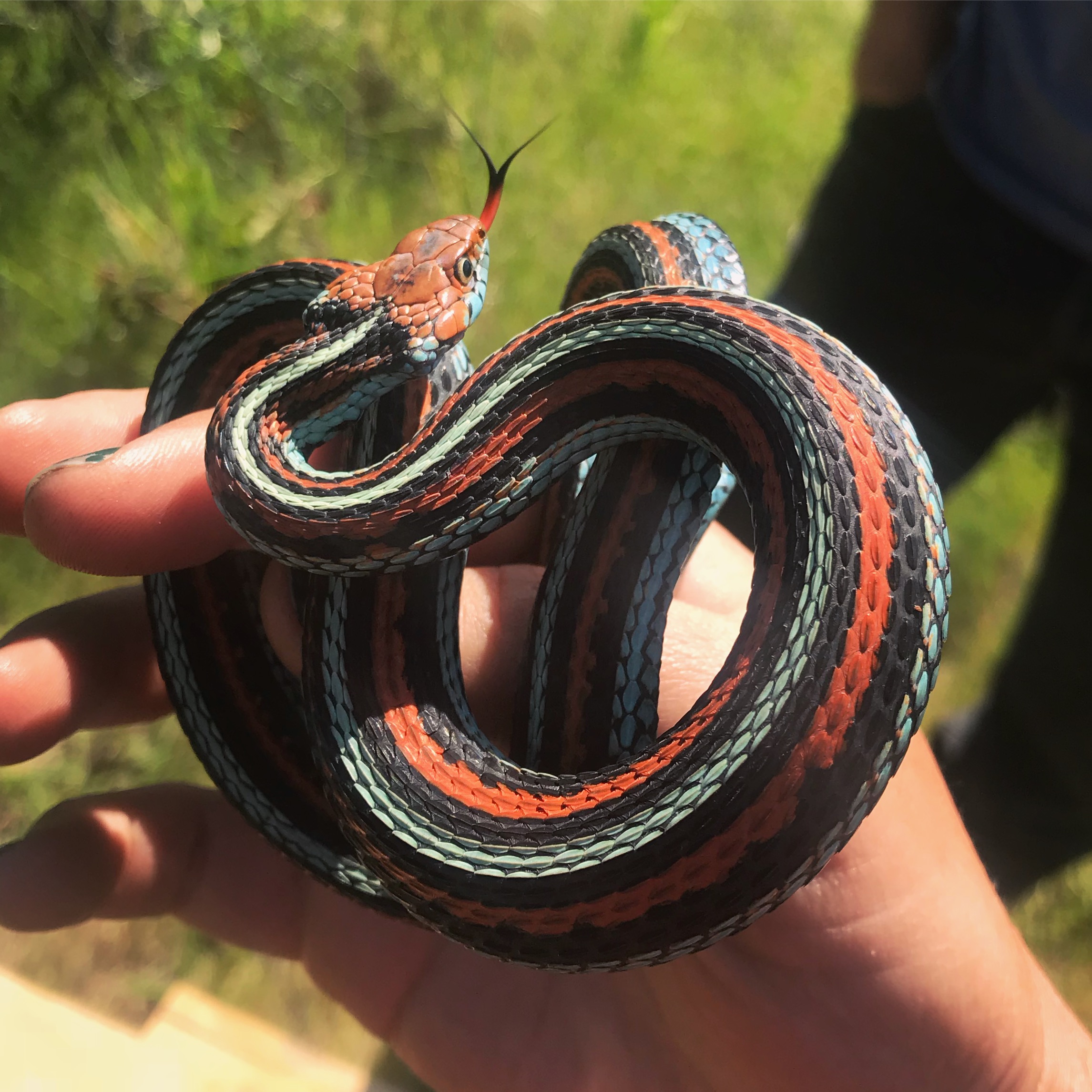
PHOTOS: RCD
The RCD In Action:
From Mountains to the Sea
From end to end, across diverse habitats, and for multiple species, we are getting it done in San Mateo County.
Among our myriad projects, we have been working with San Mateo County Parks in the north to restore 47 acres of grasslands on San Bruno Mountain for four species of threatened and endangered butterflies. At Butano Farms to the south, we restored a pond and surrounding grassland for California red-legged frogs and San Francisco garter snakes (both at risk of extinction) while improving water security for cattle on this working ranch.
We cannot recover coho salmon and steelhead trout populations in San Mateo County without the RCD’s habitat restoration, education, and public outreach work. It is a unique and invaluable part of our agency’s efforts to save these species.”
WORKING AT SCALE:
FROM REDWOODS TO THE SEA
Healthy watersheds support wildlife as well as resilient communities. They mitigate flooding, drought, and fire; protect species, land, and water; and contribute to local
economies.
We see this in Pescadero, where people depend on a tapestry of farms and nature for food, jobs, and recreational treasures, and wildlife depend on diverse, intact habitats. Working with many partners, we are restoring the watershed from the redwoods to the sea. This includes, among other things, developing water storage, restoring floodplains, building healthy soils, and studying water quality.
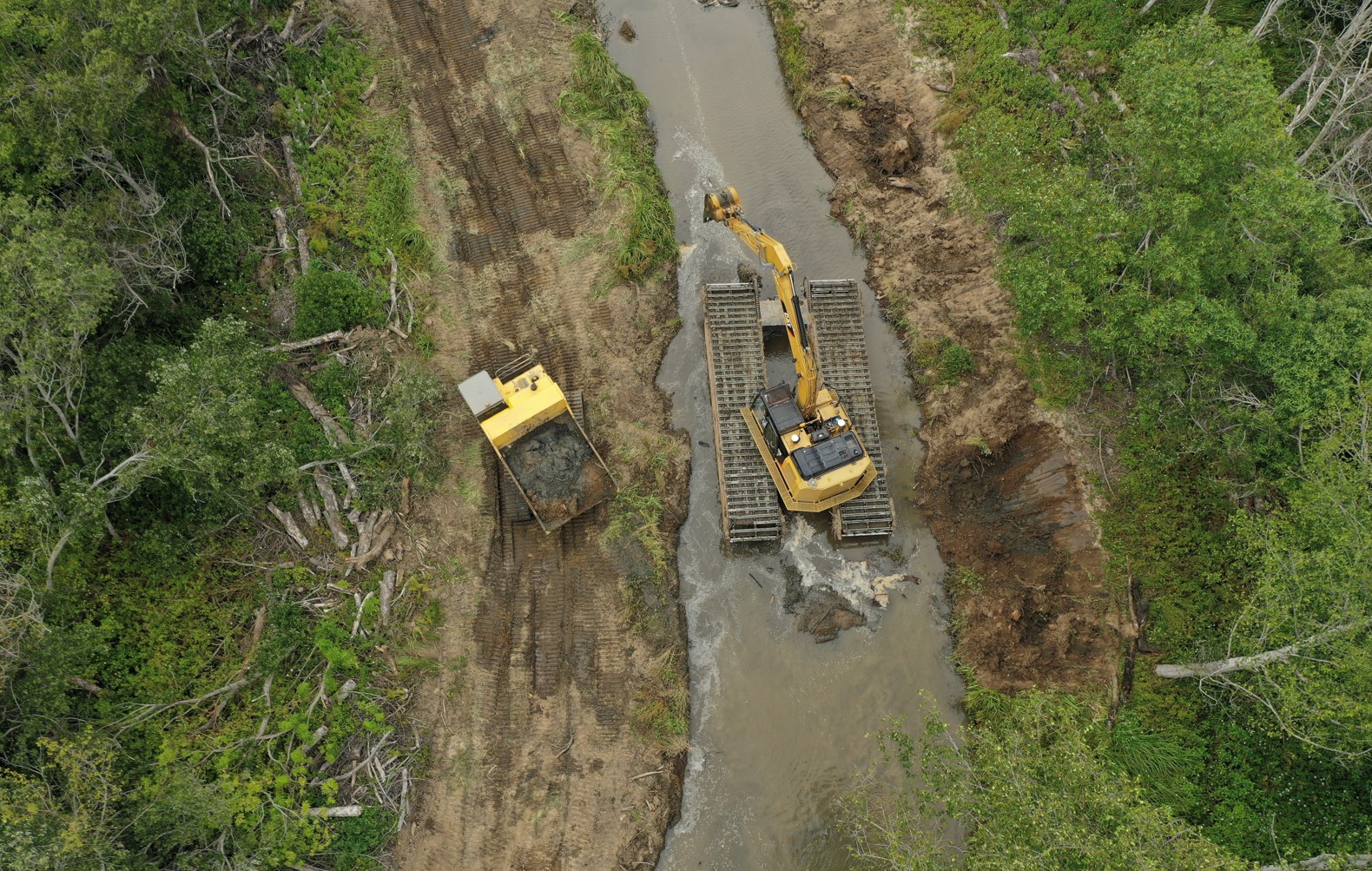
PHOTO: RCD
Dredging sediment from Butano Creek reduced chronic flooding in town and allowed salmon to once again return to their ancestral spawning habitat.
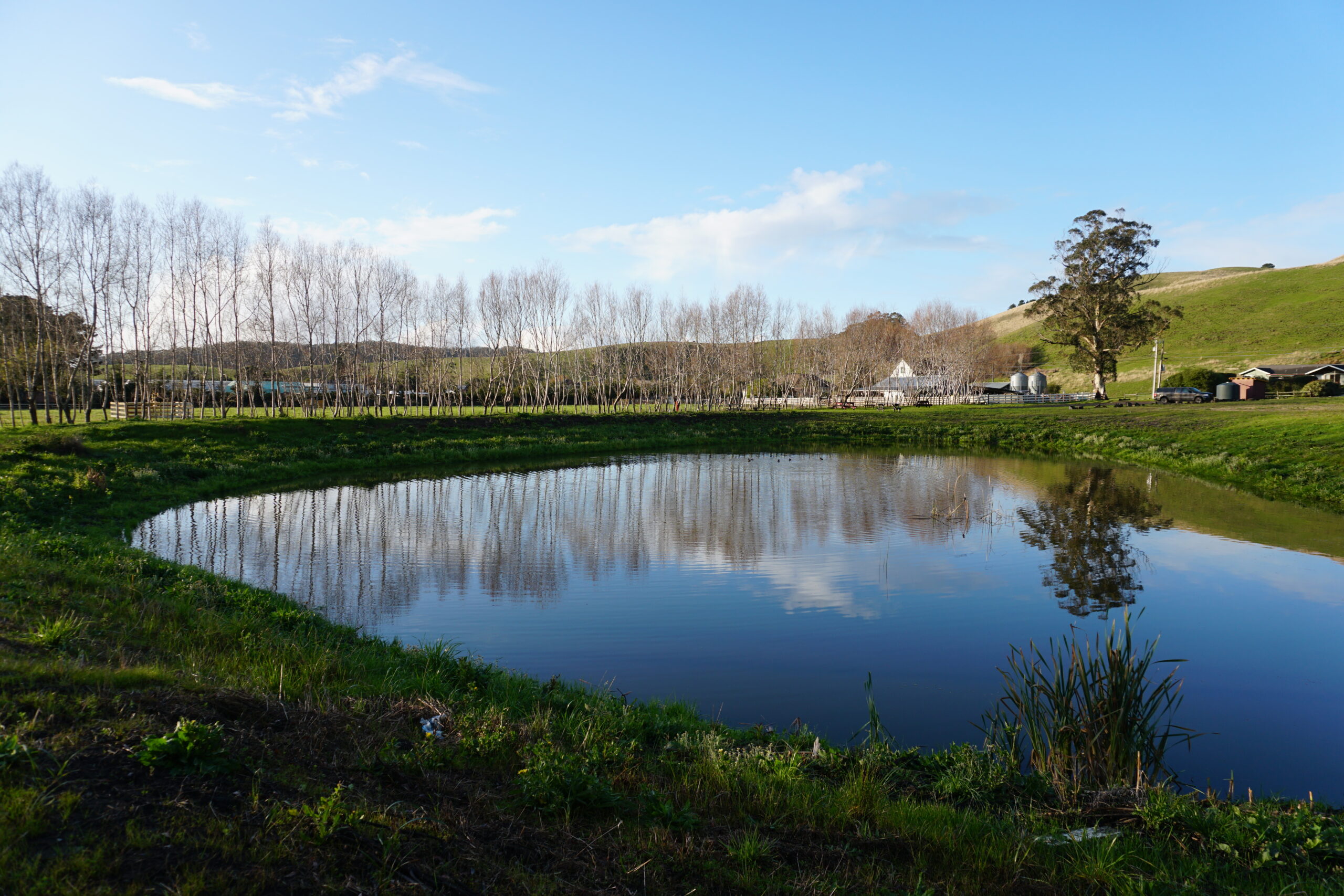
PHOTO: RCD
A new reservoir both improved Harley Farms’ water security and enabled the farm’s managers to leave more water in the creek for wildlife when it is critically low.
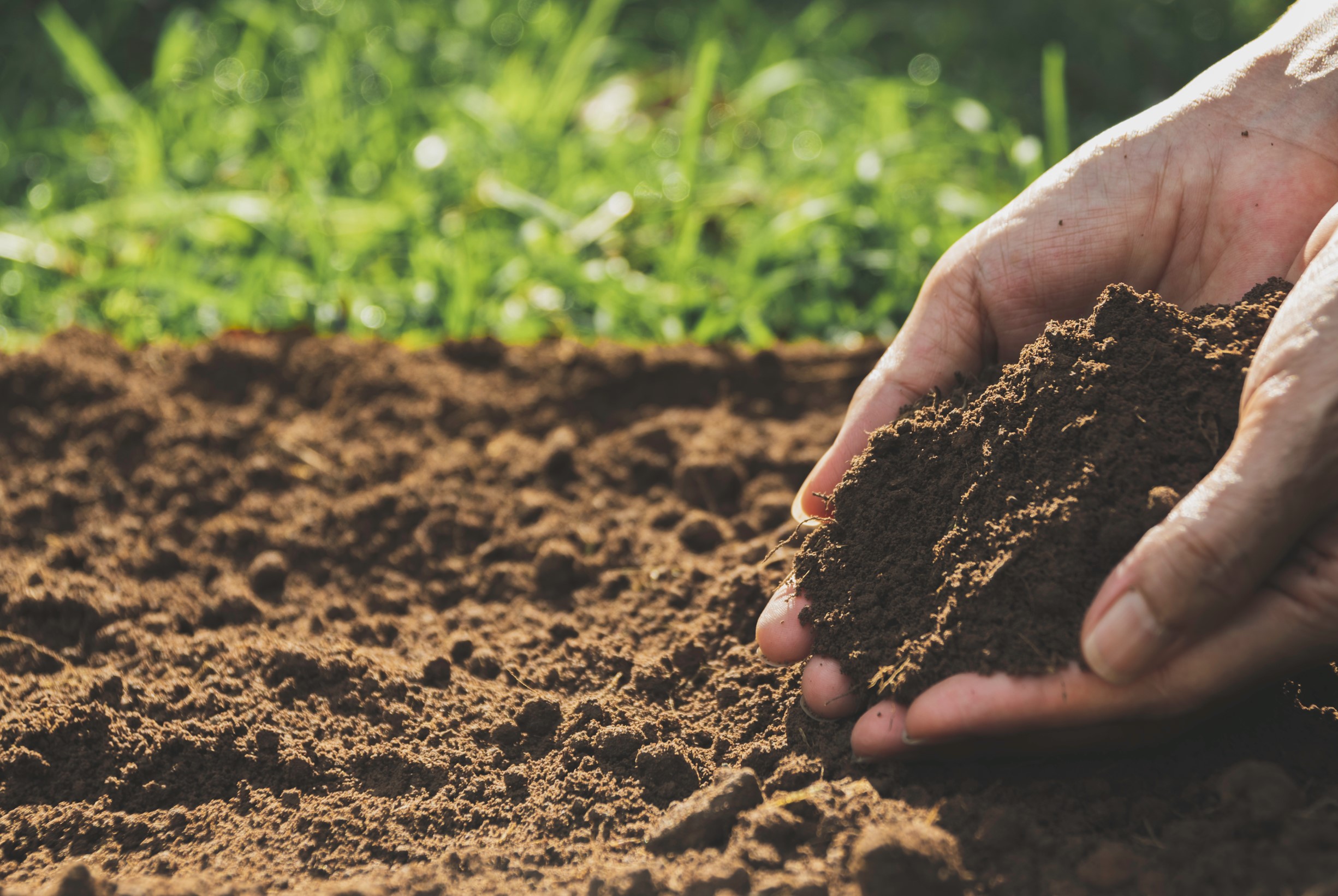
PHOTO: RCD
A new conservation plan for Fruition Farms is helping them implement nature-based solutions that tackle climate change and also benefit the farm.
PESCADERO-BUTANO WATERSHED
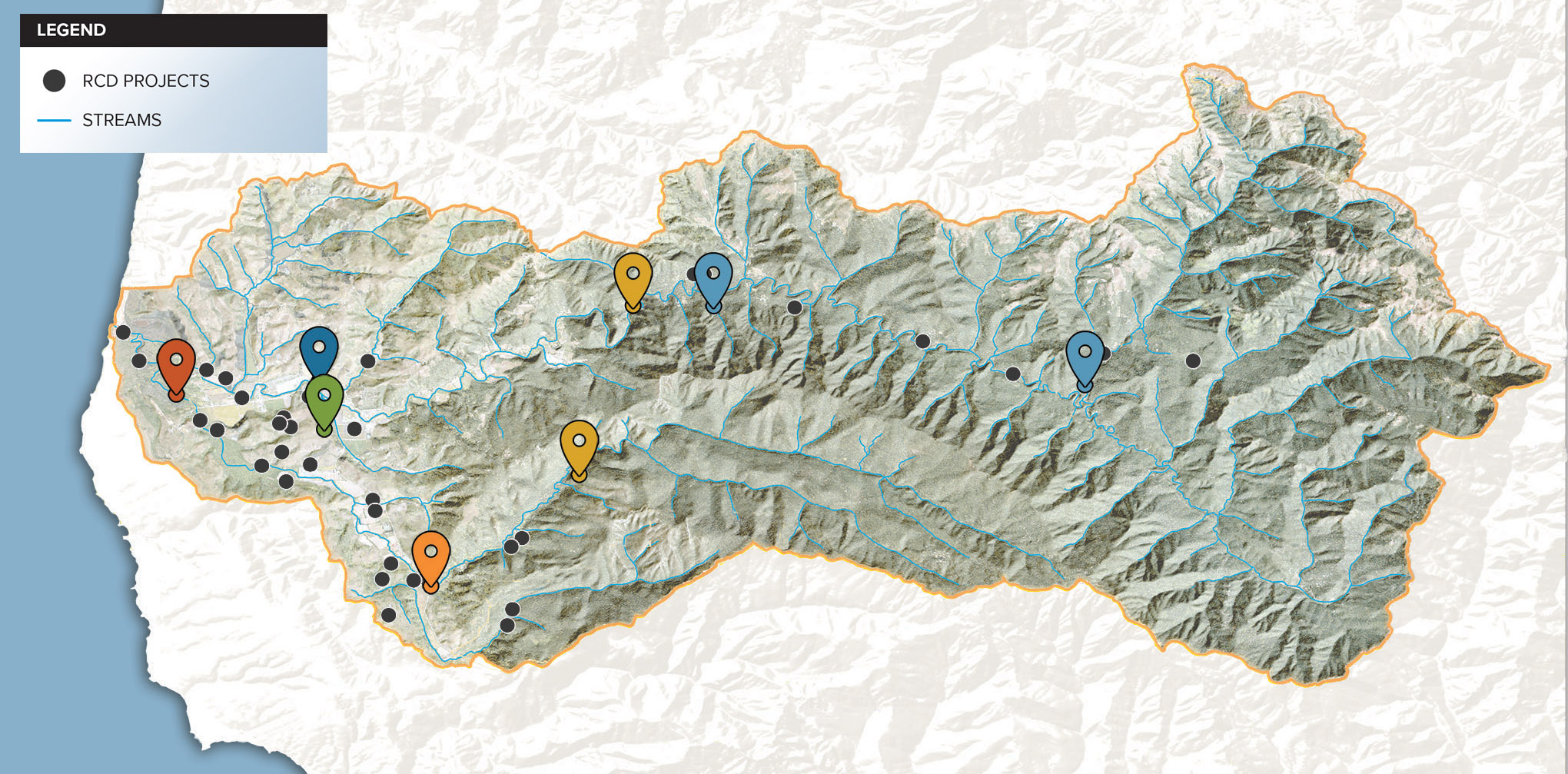
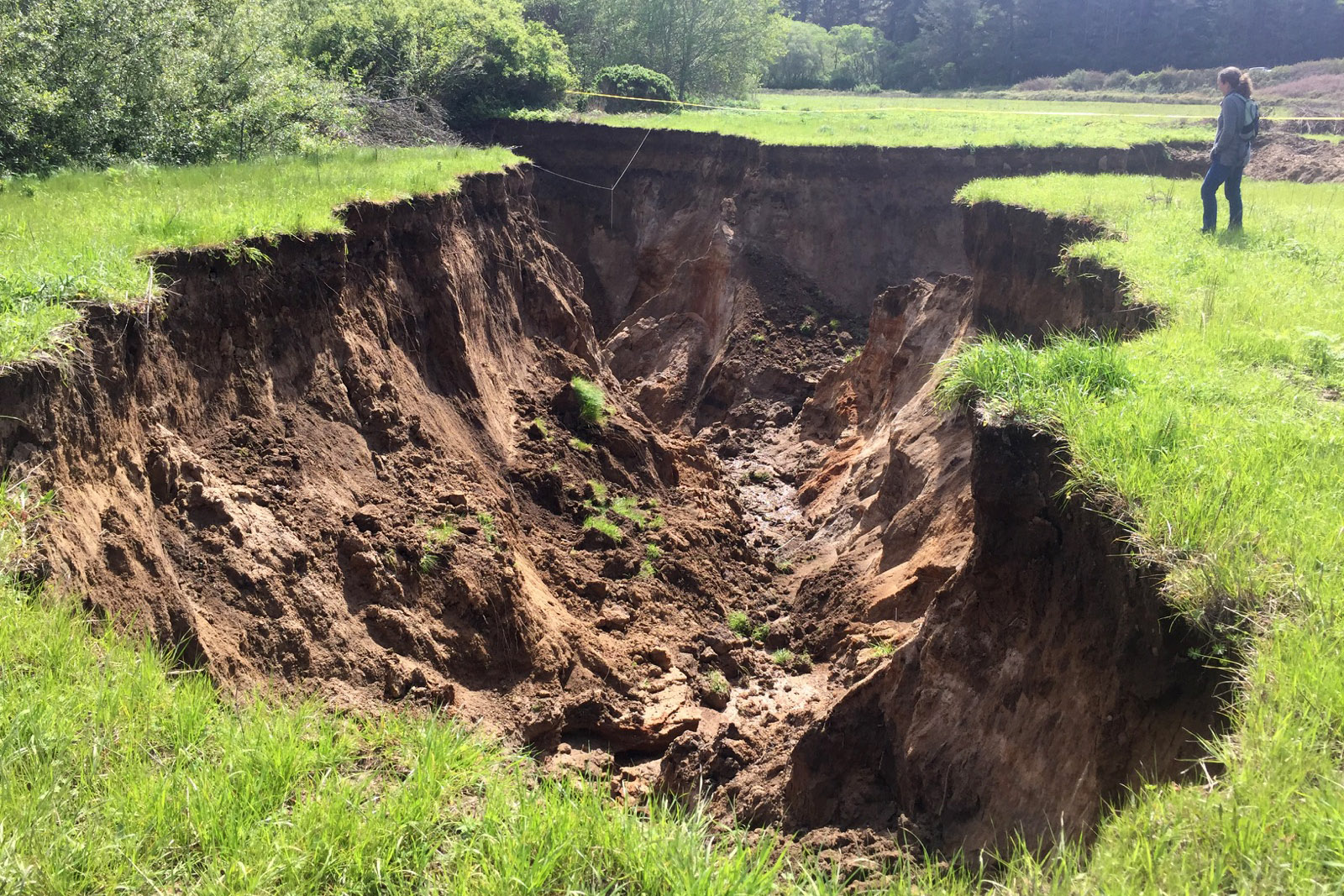
PHOTO: RCD
A new conservation plan for Fruition Farms is helping them implement nature-based solutions that tackle climate change and also benefit the farm.
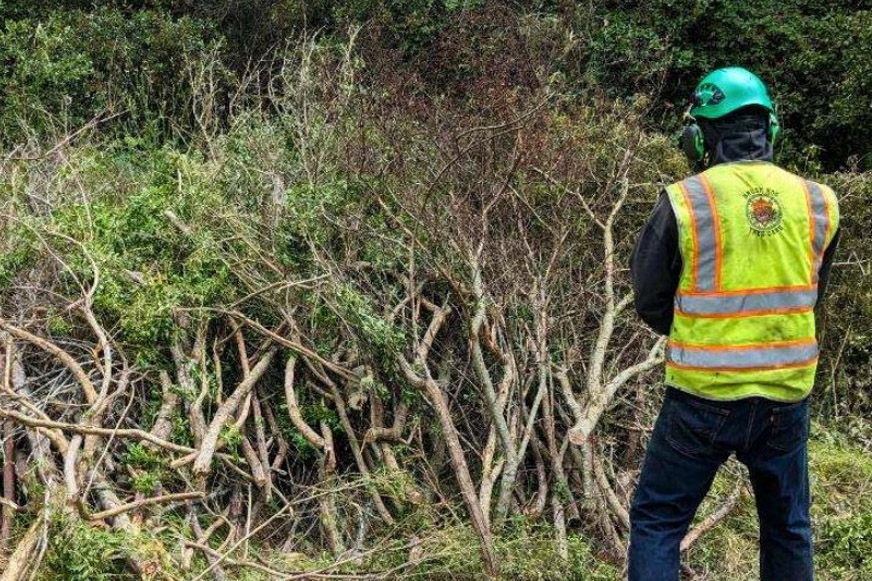
PHOTO: BRUSHHOG
The chipper program (“You cut, we chip and haul”) helped Loma Mar and Butano Canyon residents create defensible spaces around their homes, improving
community-wide wildfire resilience.
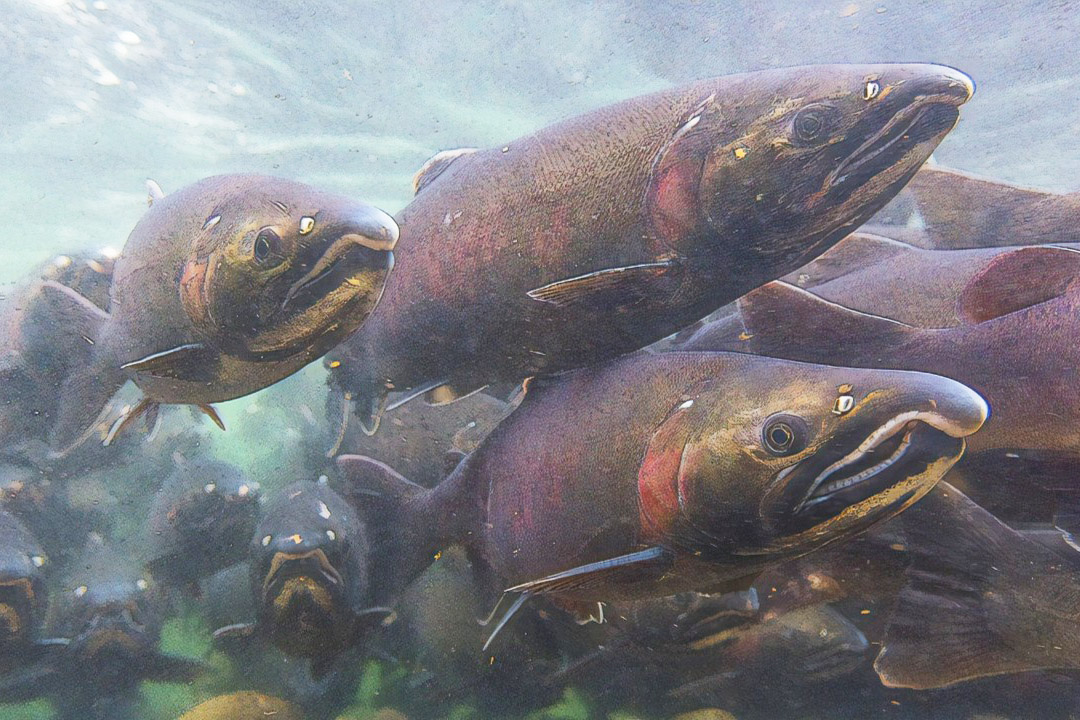
PHOTO: TIM GRAMS
Releasing 10,000 critically endangered salmon into the wild rewards many years of habitat restoration and supports the survival of this species.
THRIVING LOCAL AGRICULTURE
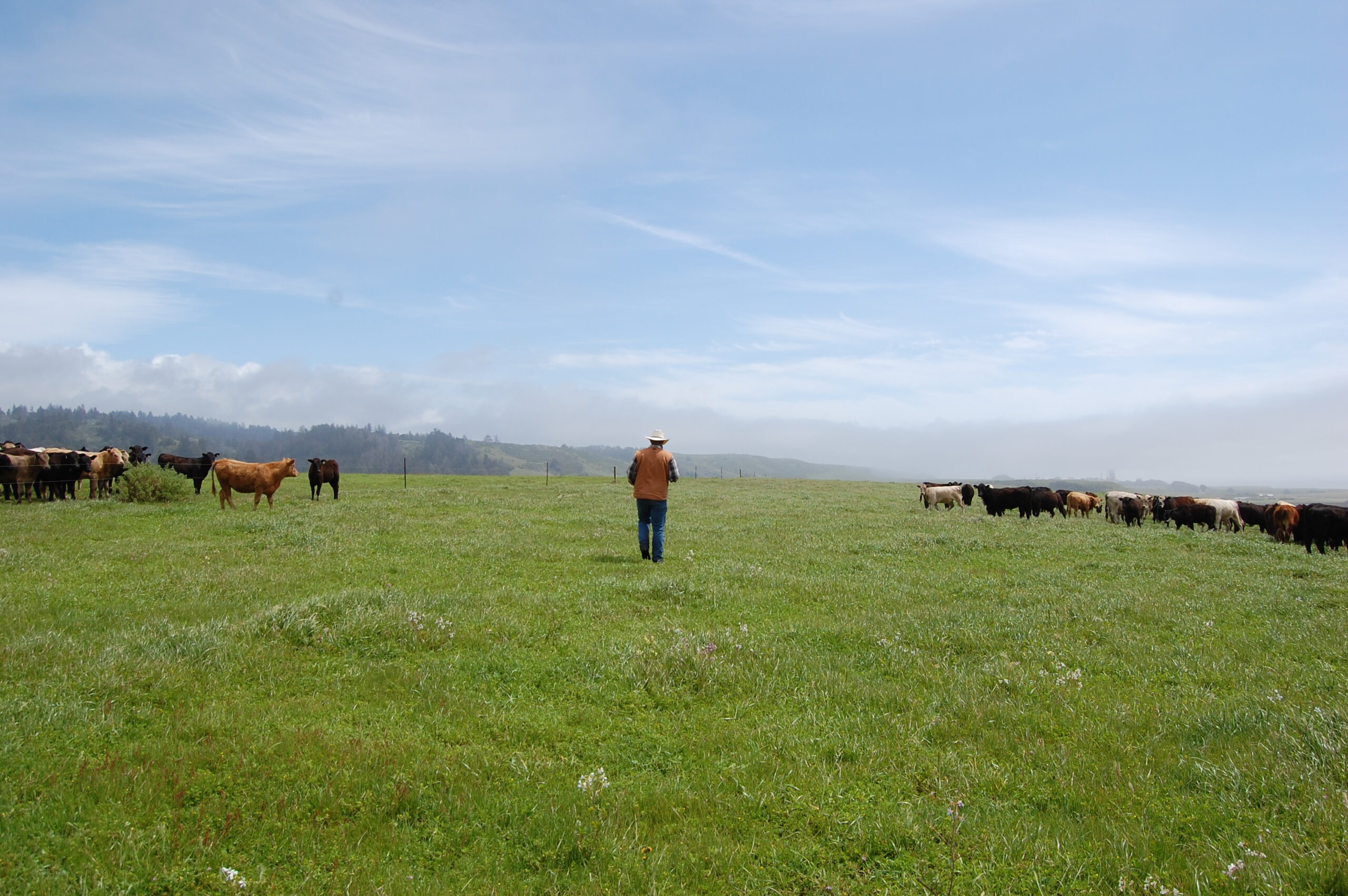
PHOTO: RCD
The character of San Mateo County has been shaped by its long history of ranching and farming.
Formed by local farmers in 1939, our RCD brings a deep understanding of their needs to our work at the intersection of conservation and agriculture. We support these environmental stewards as they care for the water and soil that are the foundation of our food system.
This work has spanned hundreds of projects and other activities that benefit commercial and educational farms, ranches, urban gardens, and greenhouses that produce an array of crops and livestock.
Through a partnership with San Mateo County, we are also home to the county’s Agricultural Ombudsman, which supports growers, County staff, and local planning efforts focused on the continued viability of local agriculture.
Highlights
Assisted 107 urban and rural farms and ranches and 29 equestrian operations
Diverted 55,000 pounds of plastics from landfills by recycling irrigation drip-tape
Helped 28 farms implement nature-based solutions to draw down more than 6,330 tons of carbon dioxide from the atmosphere (equivalent to nearly 16 million miles of vehicle emissions)
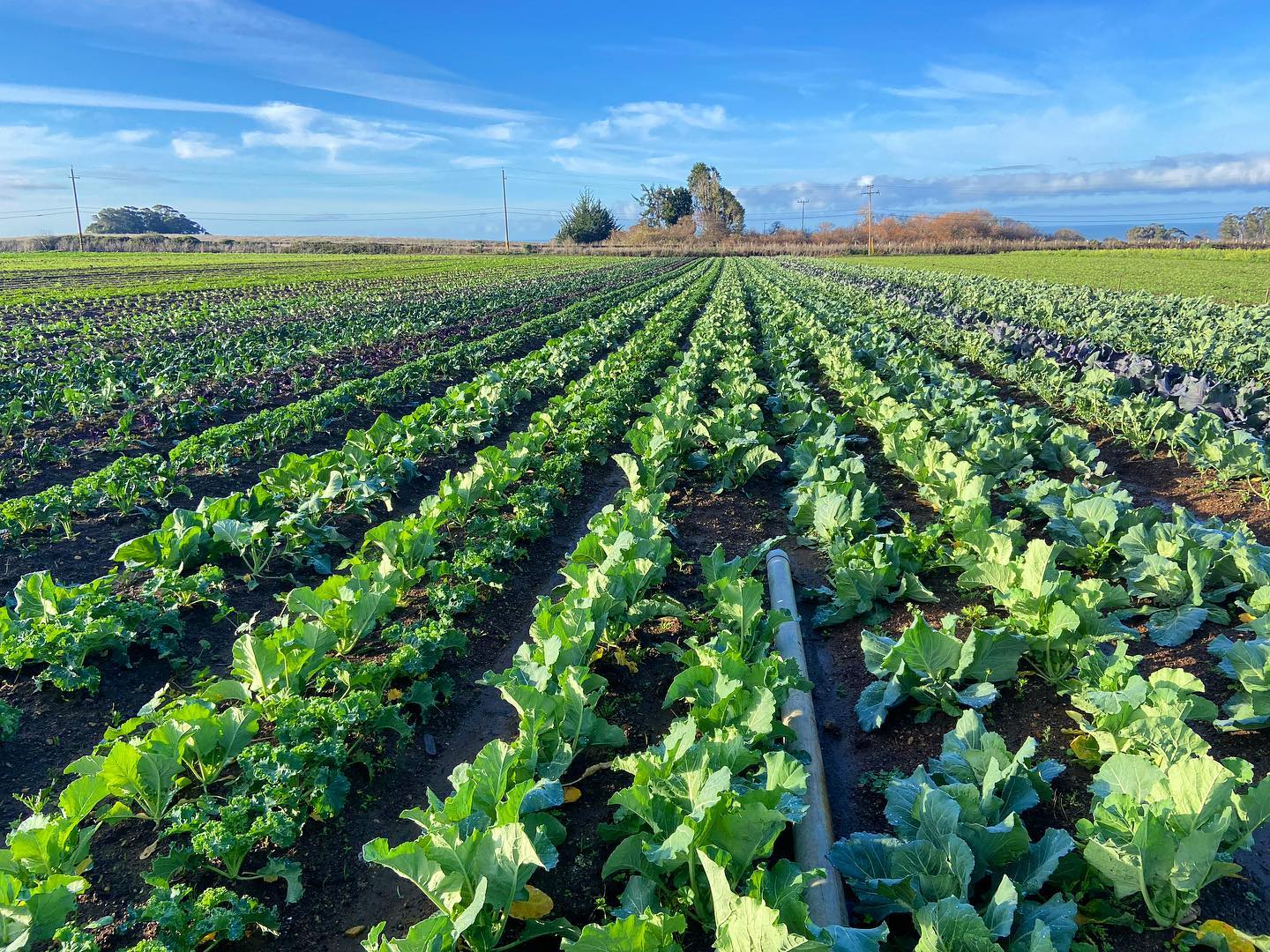
PHOTO: BRISA RANCH
The RCD In Action:
Cascade Ranch
Our work with Cascade Ranch is a good example of how the RCD and the USDA’s Natural Resources Conservation Service (NRCS) work together to meet production and conservation goals of local ranches and farms. For years, we have worked with this historic south-coast ranch to increase water storage, improve irrigation efficiency, and track water quality. Together, we have explored how to support wildlife while maintaining productivity. We have also carried out a composting trial, developed a carbon farm plan, and helped the ranch’s managers apply for funding for composting, pasture seeding, and cover crops.
The RCD and NRCS are like family. They work on behalf of the farmer and enable me to do the right thing for the environment while respecting my business needs. They seem to accomplish impossible things no one else can get done, and have helped me be a good steward of my land.”
We’ve reached out to the RCD countless times. They’ve helped us learn, find grants, and connect with equipment and other resources. Most importantly, the RCD helped us develop a conservation plan with climate-smart practices that support our environmental, agricultural, and marketing goals. It’s like having a whole board of mentors just one email away.”
THERE WHEN YOU NEED US
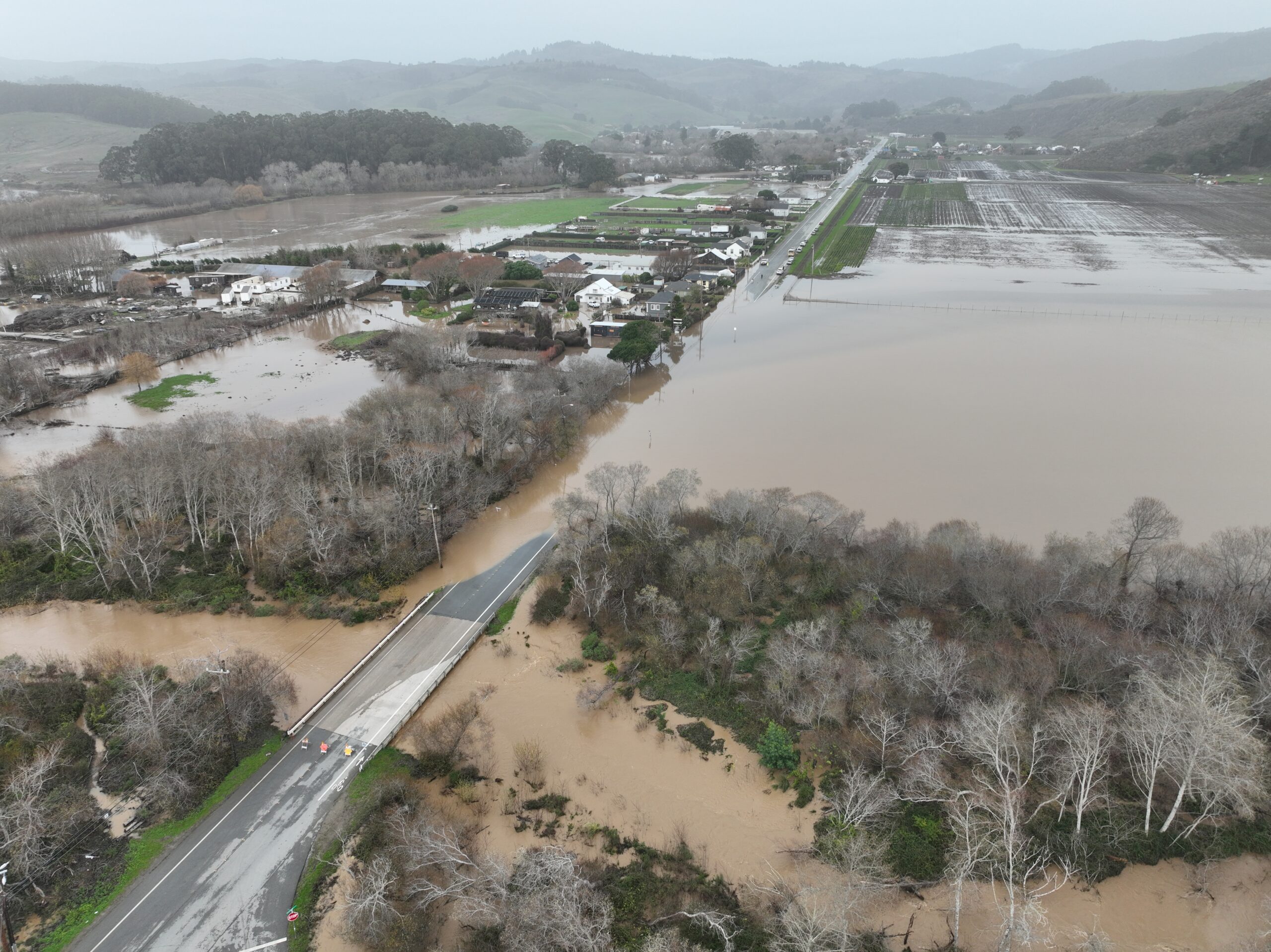
Whether our community is recovering from a natural disaster, concerned about erosion, or wants help protecting the environment, we are here.
With boots-on-the-ground expertise, the RCD responds to wildly diverse requests for help from residents, organizations, jurisdictions, farms, and more. Water-quality monitoring, water-system upgrades, soil testing in an urban community garden to ensure food safety, answering questions about composting, or managing forest roads: Whatever is needed, we find a way.
And when disaster strikes—be it flooding, drought, or fire—we provide essential services to reduce risks to life and property on the path toward recovery.
Highlights
Responded to more than 1,000 requests for technical assistance
Supported 2020 CZU Lightning Complex fire recovery on 64 properties, including erosion management, road repair, fuel-load and hazard-tree work, soil health and biodiversity restoration, and connecting residents to needed resources
Helped 21 property owners and businesses comply with new water-quality regulations
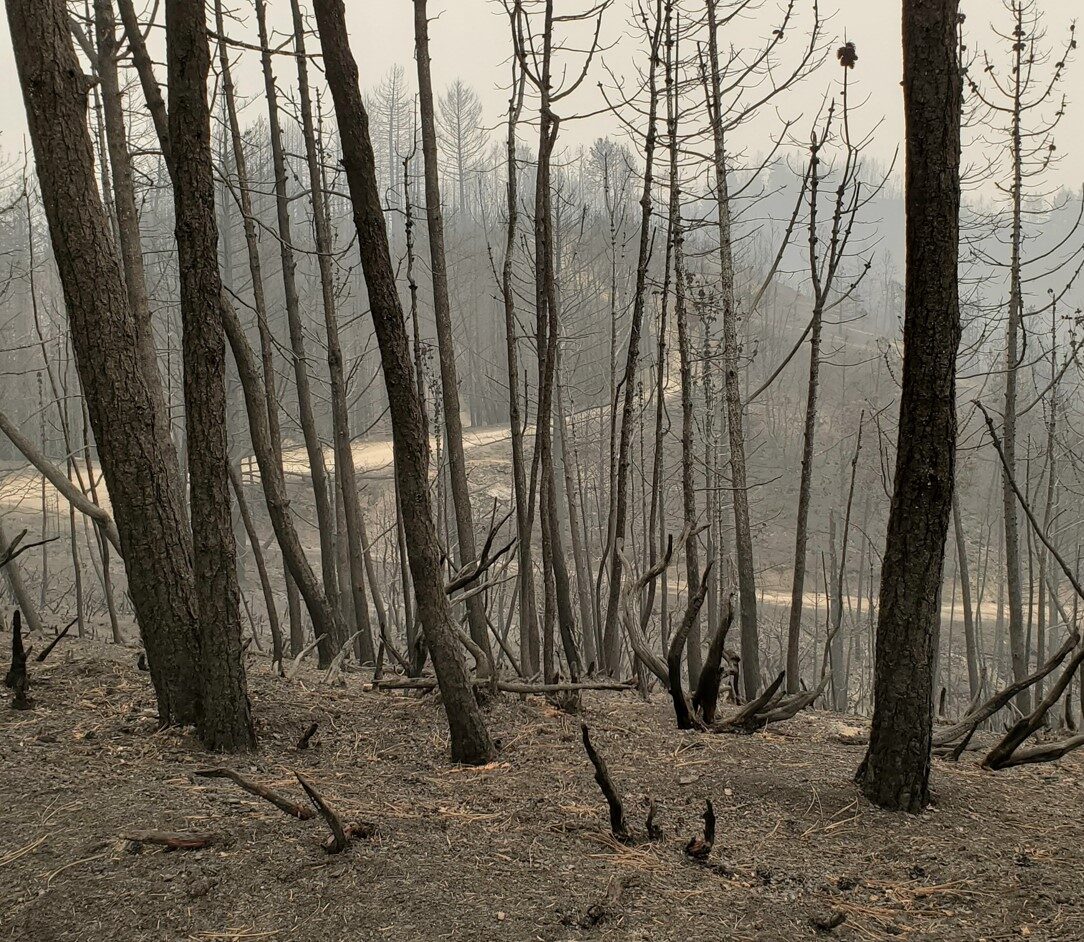
PHOTOS: RCD
The RCD In Action:
Recovering from Historic Wildfire
In the early morning of August 16, 2020, lightning struck repeatedly across San Mateo and Santa Cruz Counties, igniting a complex of fires that ultimately consumed roughly 35 square miles, an area larger than Manhattan. The county’s largest wildfire on record, it destroyed buildings and habitats alike and prompted the evacuation of multiple communities.
In response, the RCD pivoted all its available resources to assistance, first, by helping hold the fire line at Old Haul Road, then, by responding to hundreds of post-fire assistance requests. We teamed up with our NRCS partners to help community members with erosion, hazardous trees, damaged water infrastructure and roads, forest management, and more. We created a shared online document to coordinate community resources, connected people with funding, helped them prepare for winter rains and recognize signs of possible debris flow, and provided Spanish translation for local radio announcements when needed.
Thank you for really listening…
and keeping your word in looking out for possibilities long after most people had moved on from the fire and its effects.”
EMPOWERING NATURE’S STEWARDS
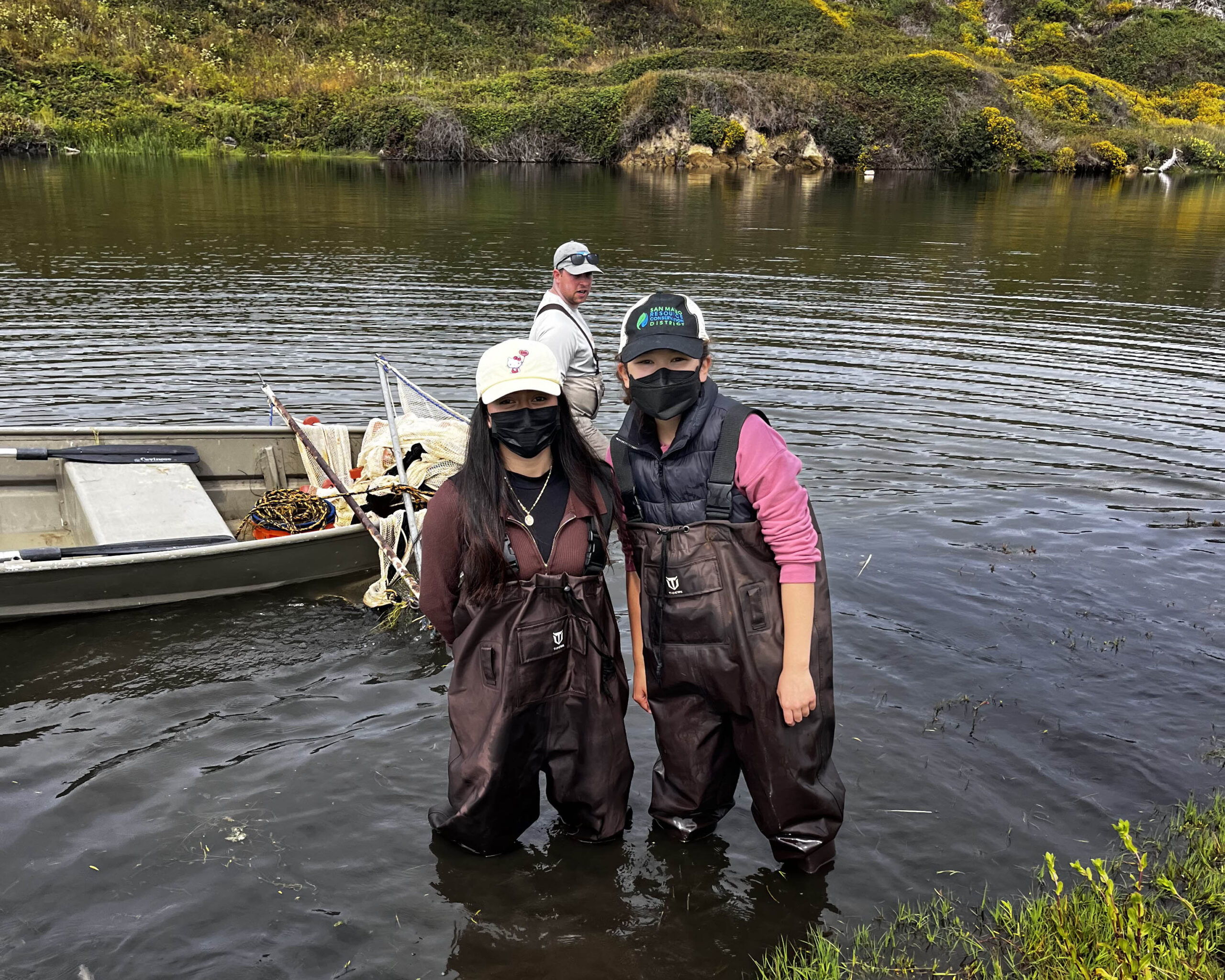
With its stunning natural beauty; diverse human, plant, and animal communities; and unique mix of urban, suburban, and rural living, San Mateo County is a place like no other.
Given such a wide range of resources and needs, the RCD’s workshops, webinars, and tours offer something for everyone: construction-equipment operators, farmworkers, homeowners, land managers, students young and old. Participants have learned how to identify noxious weeds, irrigate more efficiently, mitigate climate change, and tend livestock while caring for sensitive habitats, among a wealth of other topics.
Some take the extra step to learn by volunteering to monitor water quality at local creeks and beaches, help build a manure composting facility for an equestrian ranch, or plant native hedgerows.
Highlights
Engaged 351 volunteers
Served more than 600 youth through educational programs
Hosted over 50 workshops and contributed to at least 100 more
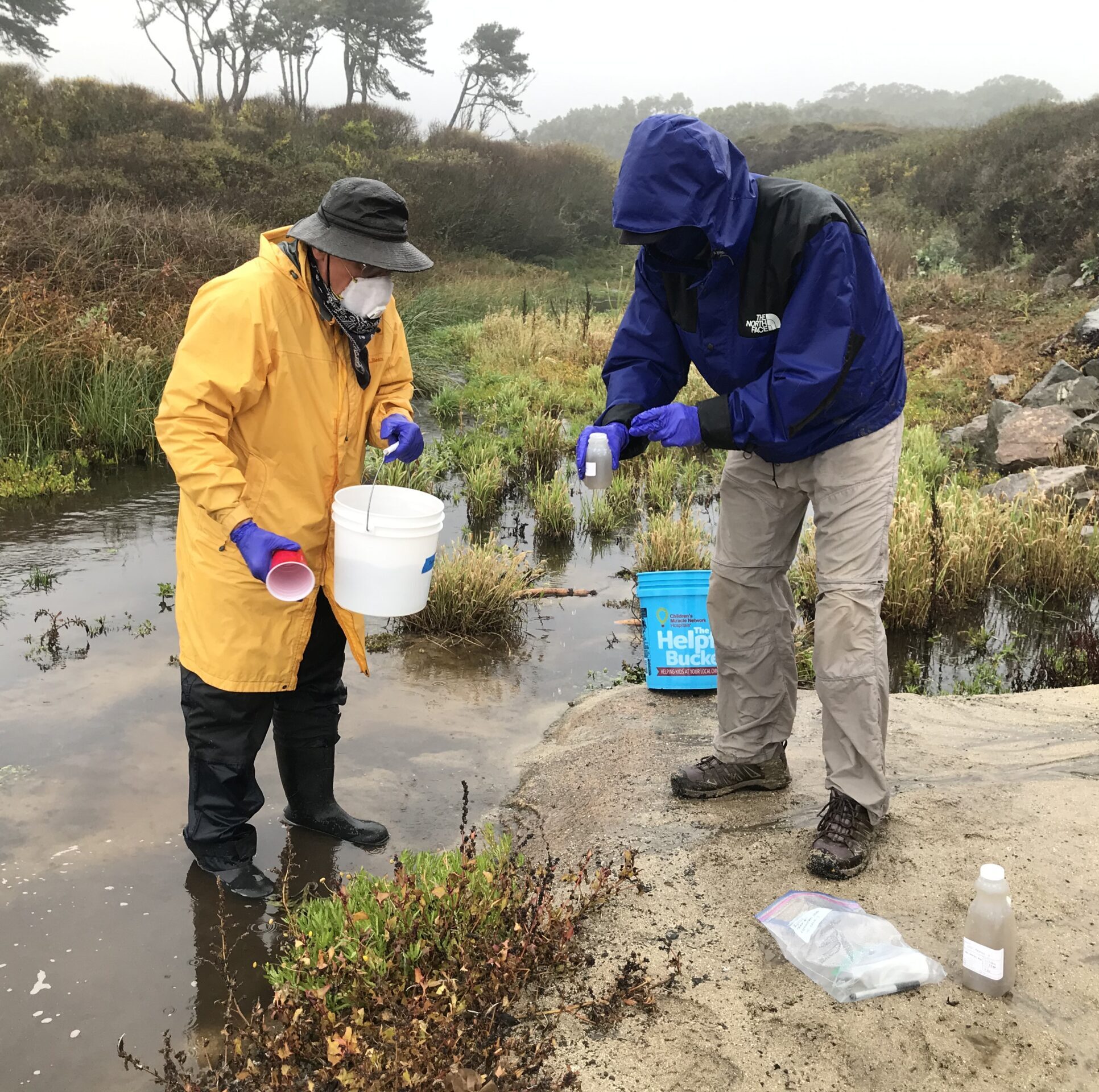
PHOTOS: RCD
The RCD In Action:
First Flush
For 21 years, dedicated volunteers have braved the earlymorning hours of the rainy season’s first storms to help track water pollution in our local streams.
Known as the “First Flush,” this is when pollutants that have built up on land wash into creeks, storm drains, and (ultimately) the ocean. In partnership with Monterey Bay National Marine Sanctuary, the RCD arms volunteers with buckets, squeeze bottles, and red Solo cups to collect samples that will be tested for a wide variety of contaminants, including bacteria, nutrients, and metals. This information is then used to help identify both the pollutants of greatest concern and their sources.
Helping the RCD make this world a better place was a joyful and rewarding experience.”
A CHALLENGING BUSINESS MODEL
Although the RCD is a form of local government, our business model is similar to that of a nonprofit organization. We depend on grants, donations, and other funding to support programs and administration, substantially leveraging a small local property tax base. Significant annual variation in these funding streams can make it challenging to manage staffing, maintain programs, or plan for the future.
Over time, we have built an operating reserve to help ensure some stability. However, increasing the RCD’s unrestricted operating revenue continues to be a priority so that we can weather uncertainties, remain a stable community resource, and retain high-quality staff.
NEVERTHELESS, INCREDIBLE RESULTS
Despite these challenges, the RCD has grown steadily, thanks both to our reputation for excellence and ability to accomplish high-priority work. At more than $17 million, the RCD’s FY 2024 budget is the largest in its history, a testament to our resiliency through the challenges of the 2008 recession, the COVID-19 pandemic, and the August 2020 CZU Lightning Complex wildfires.
BY THE NUMBERS
Furthermore, we have brought substantial resources into the county, providing tax-paying constituents with great bang-for-their-bucks. In Fiscal Year ’22, $1 of property taxes leveraged nearly $50 in state and federal funds. (This does not include extensive NRCS contributions, which provide in-kind services and grant programs at the RCD’s invitation.)
FUNDING TYPE OVER 15 YEARS
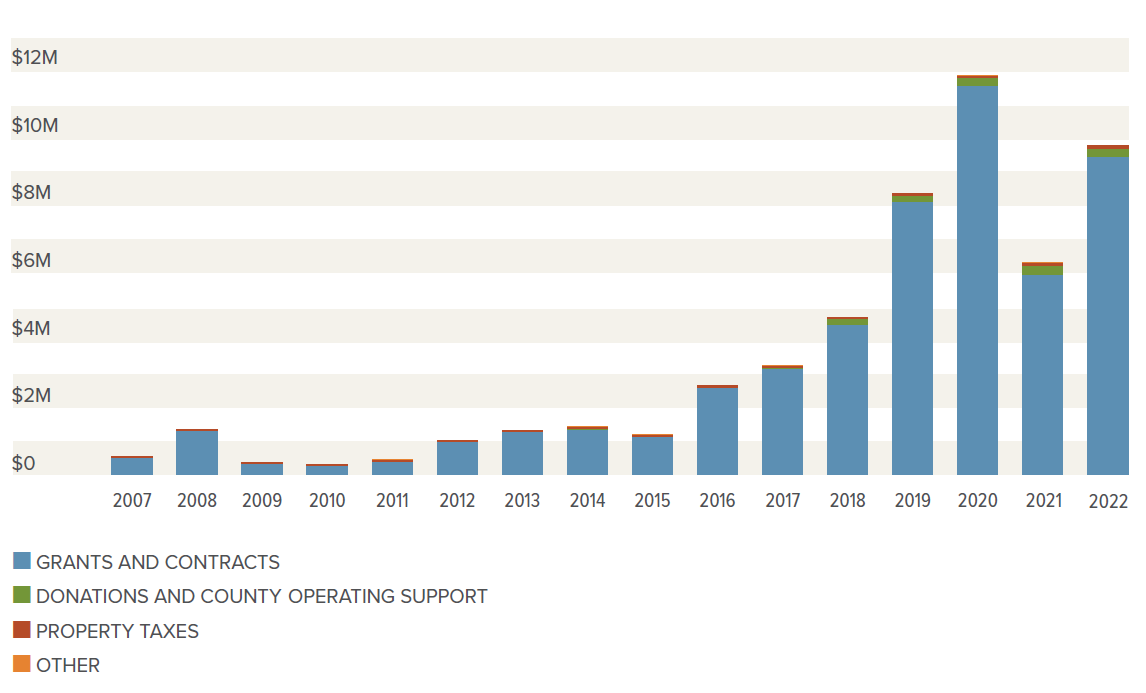
PROGRAMS/ADMINISTRATIVE
OVER 15 YEARS
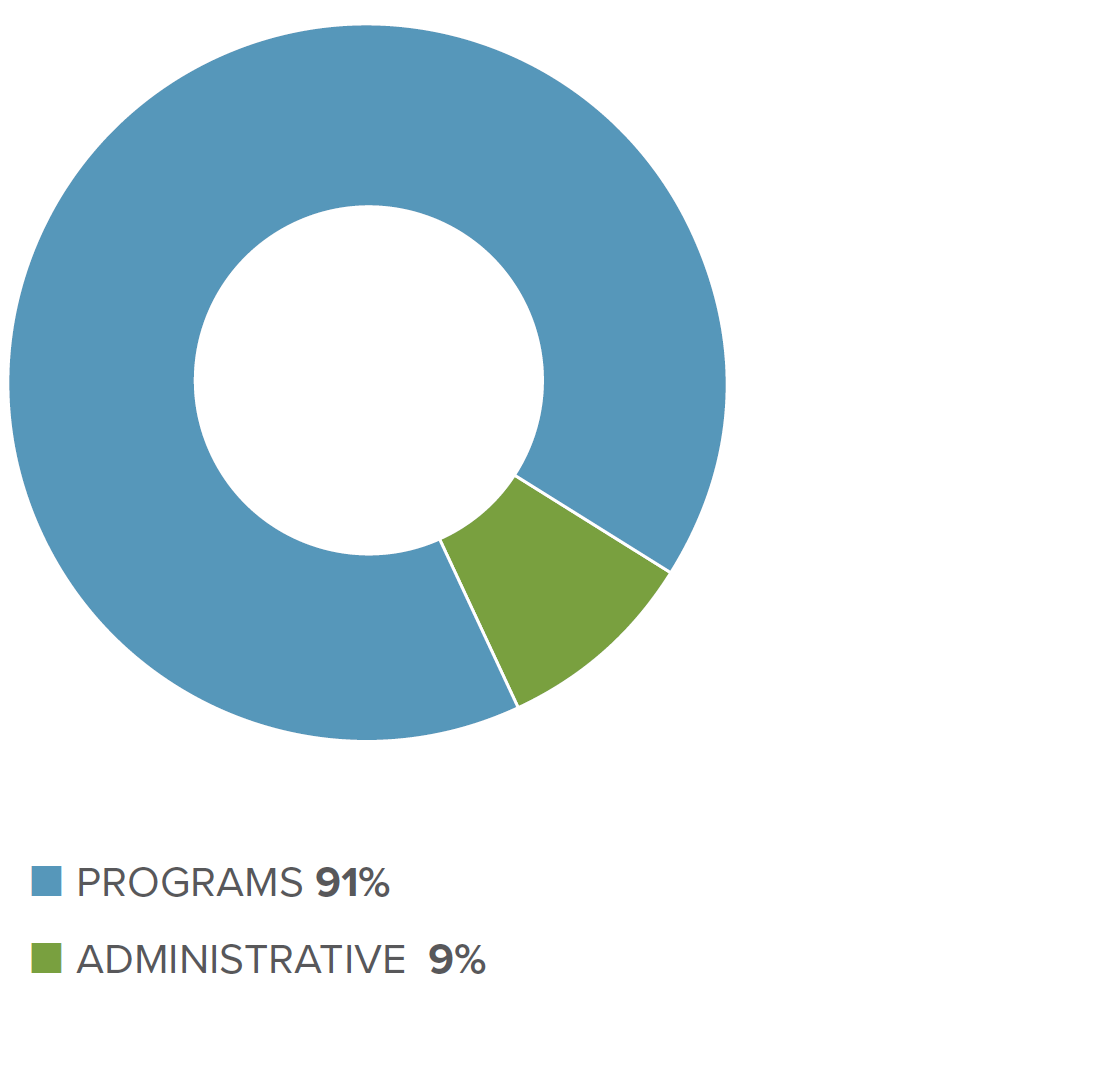
FUNDING SOURCES
2022
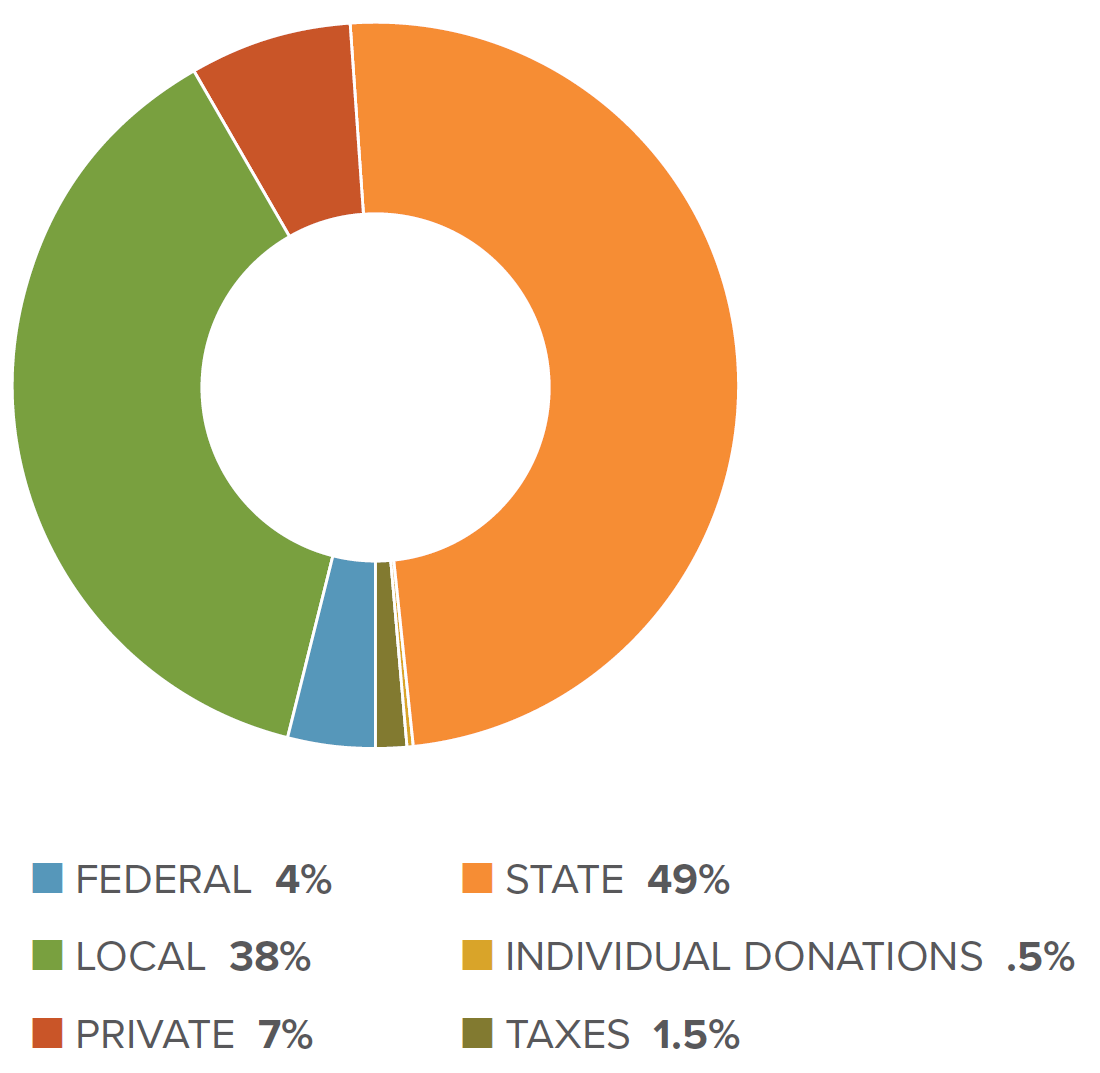
GETTING IT DONE.
TOGETHER.
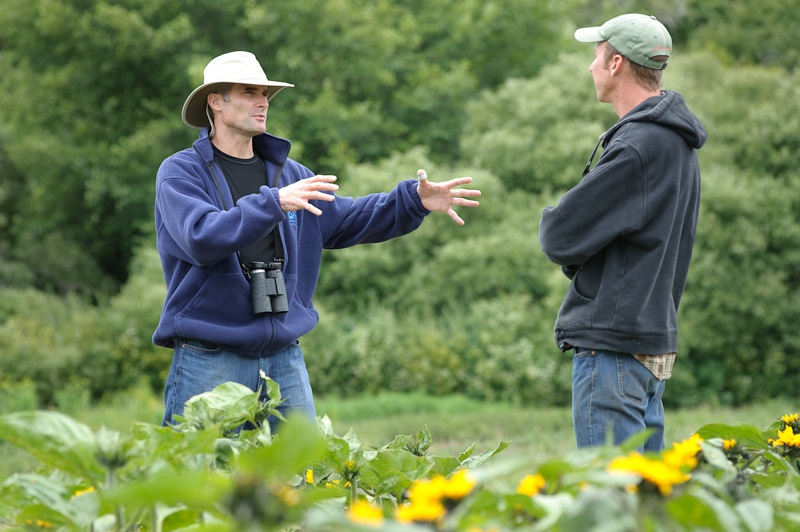
PHOTO: NRCS
While all of our work is carried out in partnership with others, one particular partner bears mention here.
The USDA’s Natural Resources Conservation Service was formed in 1935 in response to the devastating Dust Bowl crisis. Companion conservation districts were created across the nation to identify local needs and priorities and to encourage local participation in its programs.
In 1939, San Mateo County’s visionary farmers created the first conservation district in California and one of the first in the nation, and we’ve been partners ever since. The NRCS provides experts—soil scientists, agronomists, biologists, and engineers, among others—who bring technical assistance and federal cost-share programs to the community.
PARTNERS
In addition to hundreds of private farms and landowners, we are proud to have partnered with the following agencies, organizations, and individuals:
American Rivers
Association of Ramaytush Ohlone
CAL FIRE
California Association of RCDs
California Climate and Agriculture Network
California Coastal Commission
California Department of Fish and Wildlife
California Invasive Plant Council
California State Coastal Conservancy
California State Parks
California Trout
Carbon Cycle Institute
Center for Ecosystem Management and Restoration
City of Half Moon Bay
City of Pacifica
Coastside County Water District
Coastside Dog
Coastside Fire Protection District
Coastside Land Trust
Coastside One Water
Congresswoman Anna Eshoo
Cuesta La Honda Guild
Ember Ridge Equestrian Center
Fire Safe San Mateo County
Girl Scouts of Northern California
Golden Gate National Parks Conservancy
Golden Gate National Recreation Area
Granada Community Services District
The HEAL Project
Kitchen Table Advisors
La Honda Fire Brigade
La Honda-Pescadero Unified School District
Loma Mar Fire Department
Loma Mar Mutual Water Improvement Company
Midpeninsula Regional Open Space District
The Mixing Bowl
Montara Water & Sanitary District
Monterey Bay National Marine Sanctuary
Moss Beach Ranch
National Oceanic and Atmospheric Administration
One Shoreline
Peninsula Open Space Trust
Pie Ranch
Point Blue Conservation Science
Puente de la Costa Sur
Rancho San Benito
RCD of Monterey County
RCD of Santa Cruz County
Salmonid Restoration Federation
San Francisco Bay Regional Water Quality Control Board
San Francisco Estuary Institute
San Francisco Public Utilities Commission
San Gregorio Environmental Resource Center
San Mateo County Department of Agriculture
San Mateo County Department of Emergency Management
San Mateo County Department of Public Works
San Mateo County Farm Bureau
San Mateo County Fire Department
San Mateo County Food System Alliance
San Mateo County Harbor District
San Mateo County Health Department
San Mateo County Office of Sustainability
San Mateo County Parks Department
San Mateo County Parks Foundation
San Mateo County Planning and Building Department
San Mateo County Supervisor
Don Horsley (2011-2023)
San Mateo County Weed Management Area
San Pedro Creek Watershed Coalition
Santa Cruz Mountains Stewardship Network
Sempervirens Fund
Sewer Authority Mid-Coastside
South Skyline FireSafe Council
Surfrider Foundation-San Mateo County
Sustainable Agriculture Education
Sustainable Conservation
TOGETHER Bay Area
TomKat Ranch Educational Foundation
Town of Colma
Trout Unlimited
U.S. Department of Agriculture-Natural Resources Conservation Service
U.S. Fish and Wildlife Service
University of California Cooperative Extension San Mateo & San Francisco Counties
Upper Salinas-Las Tablas RCD
Woodside Fire Protection District
FUNDERS
In addition to individual donors, the following agencies and organizations have generously supported the RCD’s work over the last 15 years.
CAL FIRE
California Association of RCDs
California Climate and Agriculture Network
California Coastal Commission
California Department of Conservation
California Department of Fish and Wildlife
California Department of Food and Agriculture
California Department of Transportation
California Department of Water Resources
California Fire Safe Council
California Invasive Plant Council
California Office of Emergency Services
California State Parks
California Wildlife Conservation Board
CalRecycle
Carbon Cycle Institute
City of Belmont
City of Brisbane
City of Burlingame
City of Daly City
City of East Palo Alto
City of Foster City
City of Half Moon Bay
City of Menlo Park
City of Millbrae
City of Pacifica
City of Redwood City
City of San Bruno
City of San Carlos
City of San Mateo
City of South San Francisco
Coastside County Water District
Dirk and Charlene Kabcenell Foundation
Fire Safe San Mateo County
Golden Gate National Parks Conservancy
Granada Community Services District
The Kingfisher Foundation
Midpeninsula Regional Open Space District
Monterey Bay National Marine Sanctuary
The Moore Charitable Foundation
National Association of Conservation Districts
National Fish and Wildlife Foundation
National Oceanic and Atmospheric Administration
Pacific Gas & Electric
Pacific States Marine Fisheries Council
Pacifica Land Trust
Patagonia Foundation
Peninsula Open Space Trust
Resources Legacy Fund
San Francisco Public Utilities Commission
San Mateo County Department of Agriculture
San Mateo County Department of Public Works
San Mateo County Harbor District
San Mateo County Office of Emergency Services
San Mateo County Office of Sustainability
San Mateo County Parks Department
San Mateo County Parks Foundation
Sand Hill Foundation
Sempervirens Fund
Sewer Authority Mid-Coastside
Silicon Valley Community Foundation
South Bayside Waste Management Authority
SPHERE
State Coastal Conservancy
State Water Resources Control Board
TomKat Ranch Educational Foundation
Town of Atherton
Town of Colma
Town of Hillsborough
Town of Portola Valley
Tundra Glacier Fund
U.S. Department of Agriculture-Natural
Resources Conservation Service
U.S. Environmental Protection Agency
University of California Division of
Agriculture and Natural Resources
Western Sustainable Agriculture
Research and Extension
Zero Foodprint
AWARDS AND ACCOLADES
The awards listed here represent some of the recognition we have received for our work over just the last 15 years.
2021 Partner in the Spotlight Award, NOAA National Marine Fisheries Service
2021 Hidden Heroes of the Greenbelt Award, Greenbelt Alliance
2018 Sustainability Recognition, Town of Colma
2017 Silicon Valley Water Conservation Award, Silicon Valley Water Conservation Awards Coalition
2016 Sustainability Award, Sustainable San Mateo County
2015 San Mateo County Women’s Hall of Fame, San Mateo County Commission on the Status of Women
2014 Conservation Planner of the Year, Natural Resources Conservation Service
2013 District Manager Award, California Association of Resource Conservation Districts
2012 District of the Year, California Association of Resource Conservation Districts
2008 Certificate of Special Congressional Recognition, Congressman Sam Farr, United States House of Representatives
2008 Director of the Year, California Association of Resource Conservation Districts
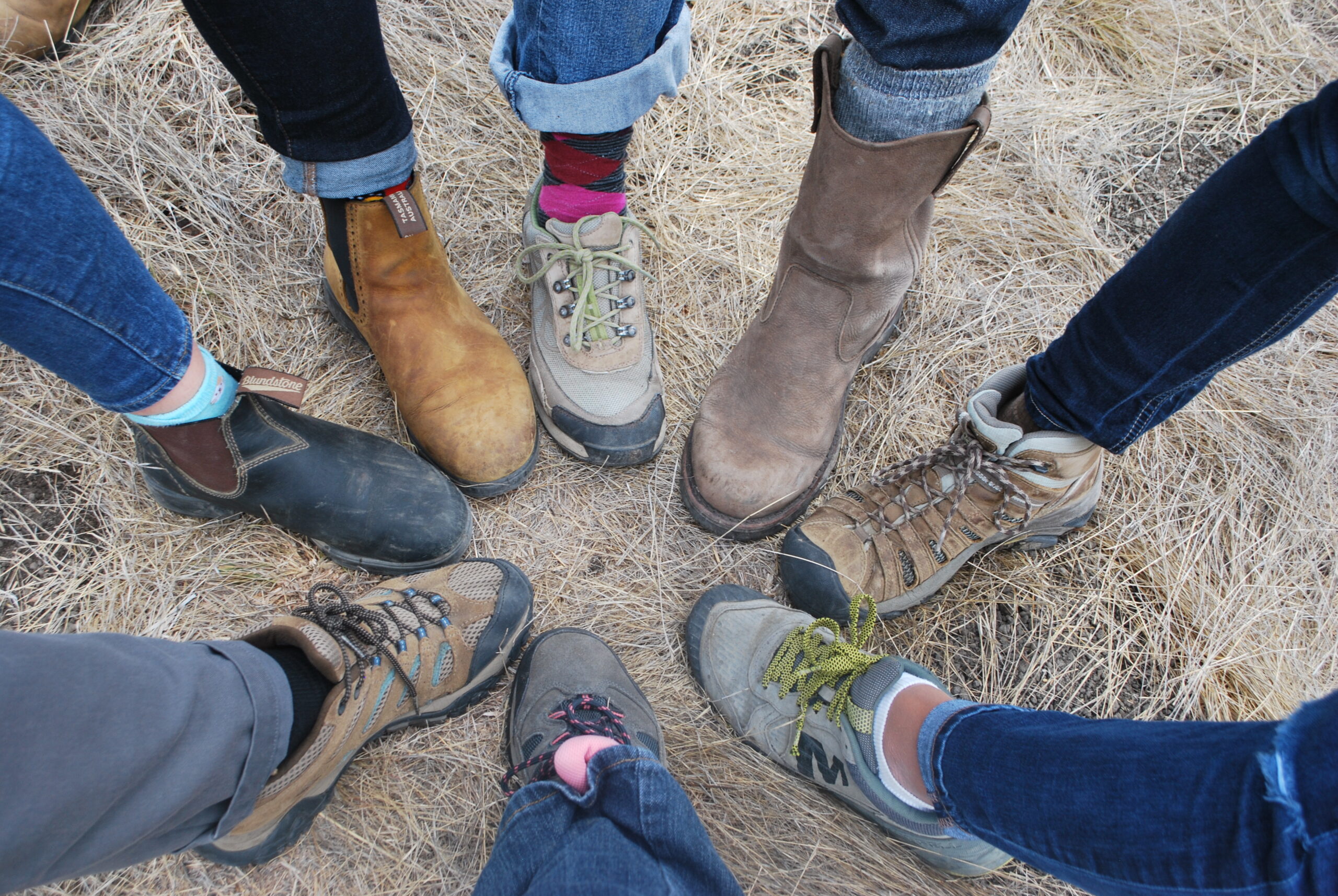
Thanks and Acknowledgments
We would like to thank RCD staff whose persistence, passion, and commitment to service are behind each accomplishment in this report. We are grateful to the stalwart volunteers who have served on our board of directors, guiding the organization with heart and a deep sense of duty to our community and the environment. None of the accomplishments in this report would have been possible without the funders and elected officials who saw our promise and supported us along the way. We hope the exceptional individuals and organizations who partner with us see themselves on these pages and feel our gratitude for what we have achieved together.
